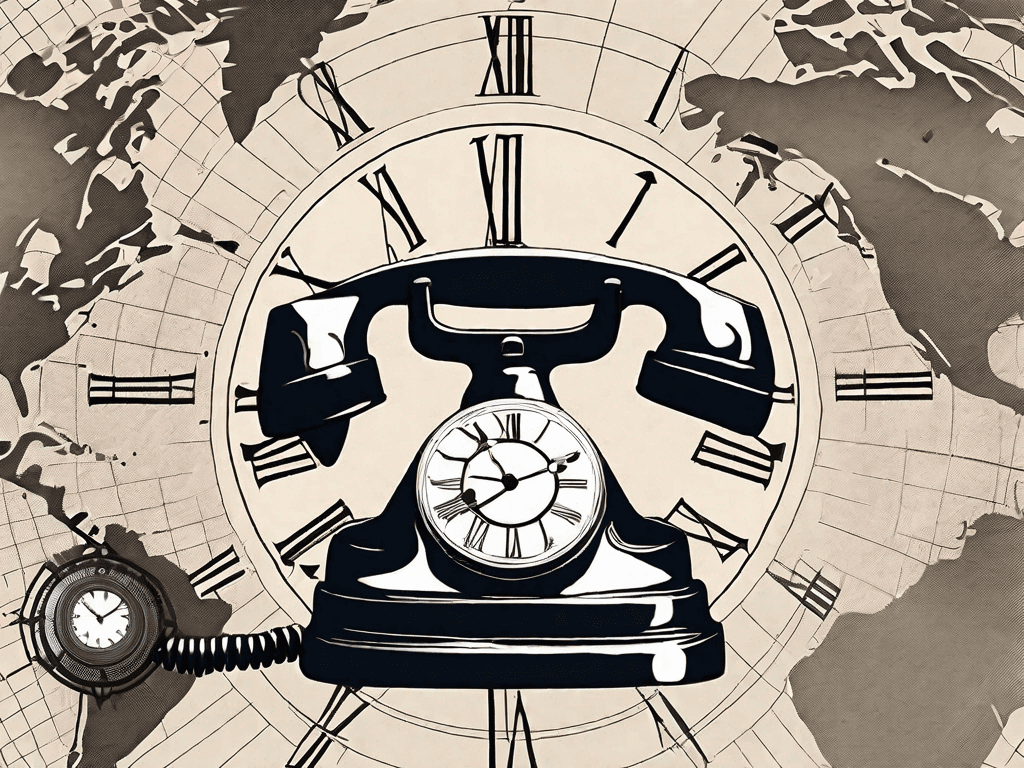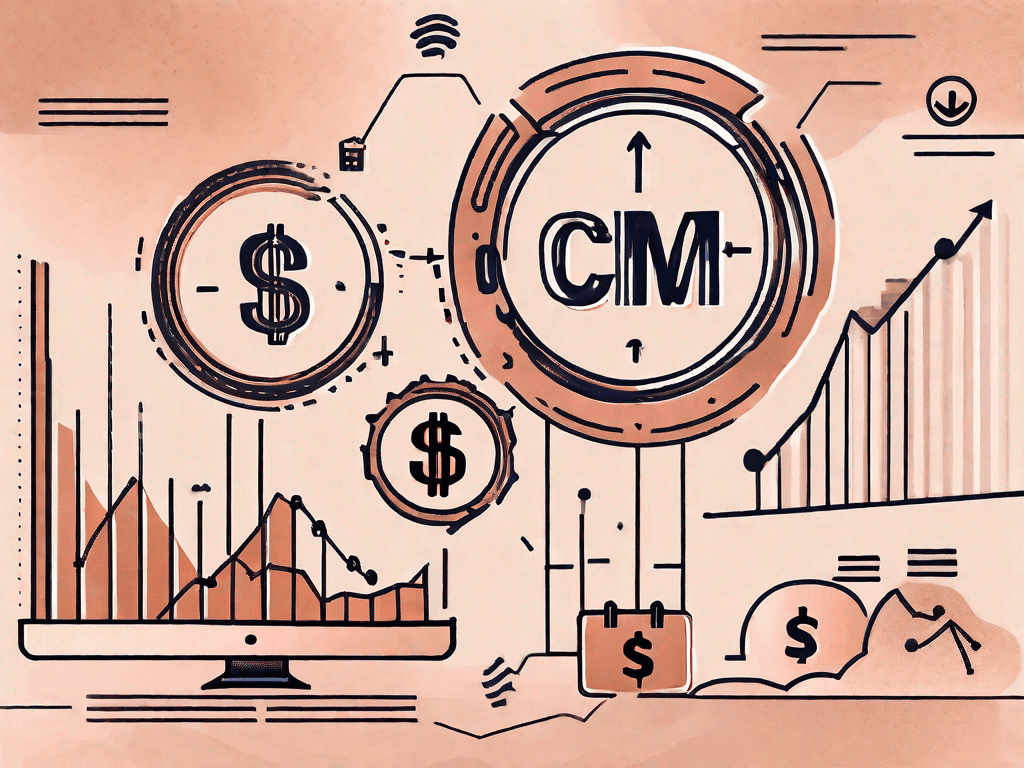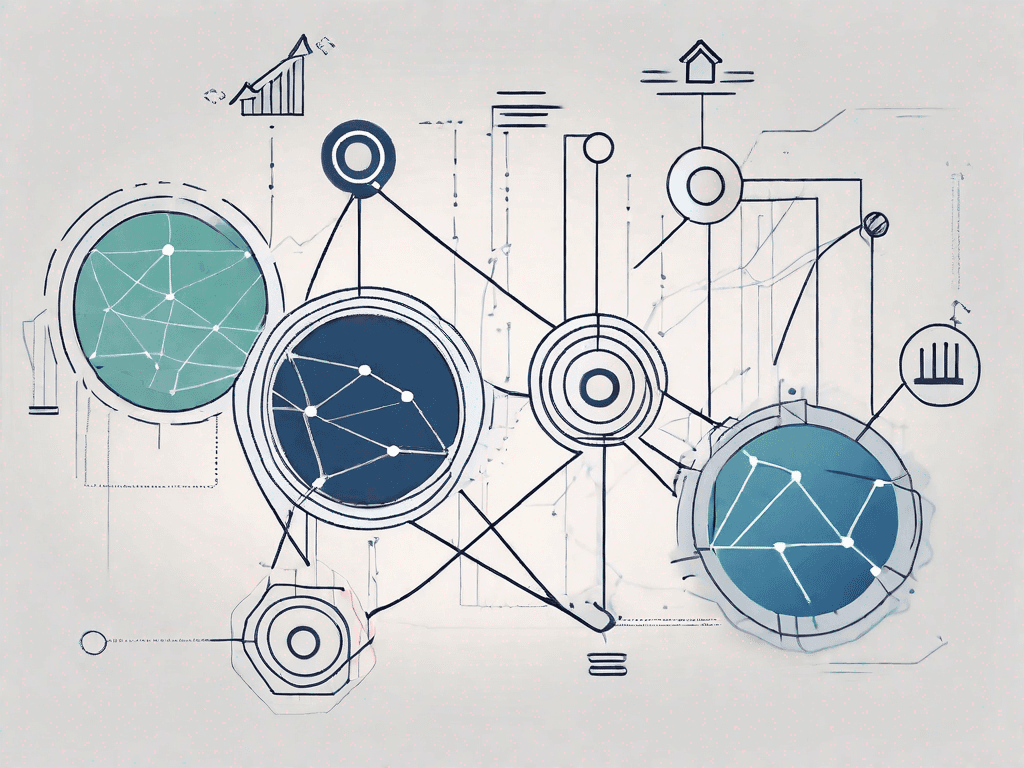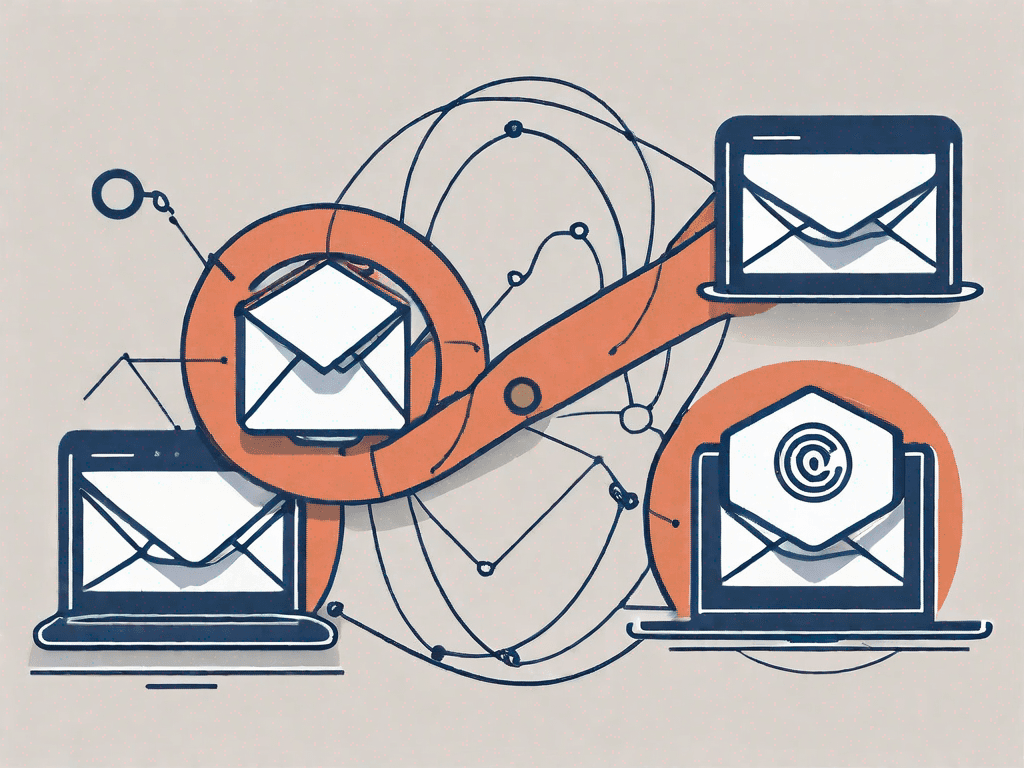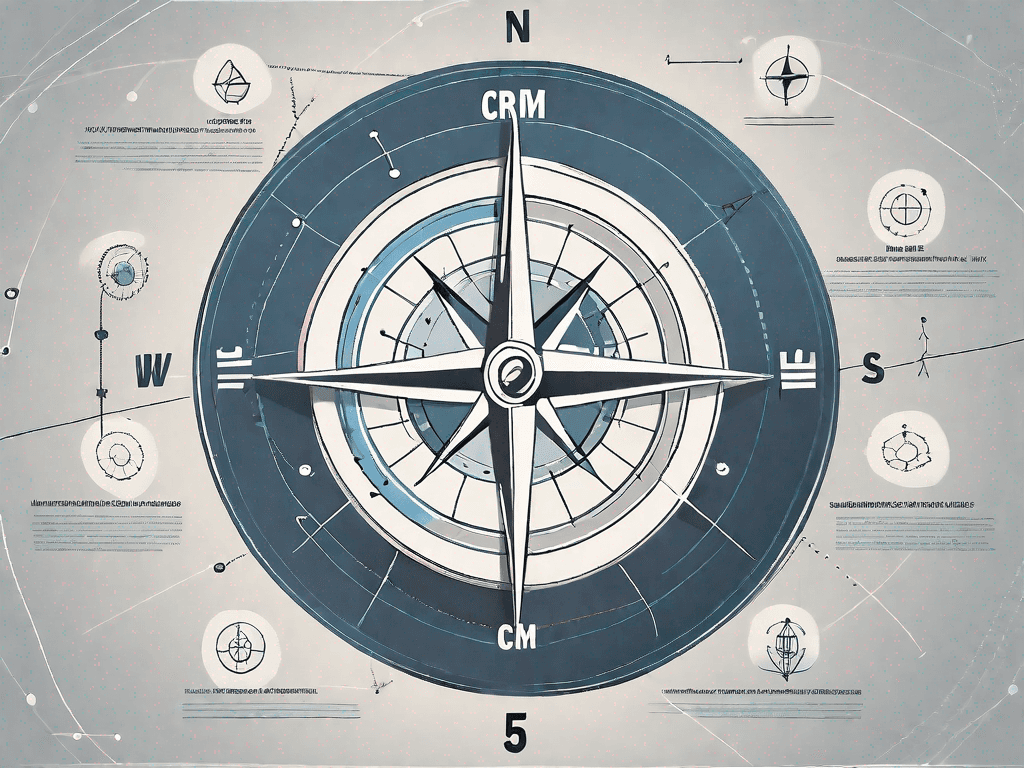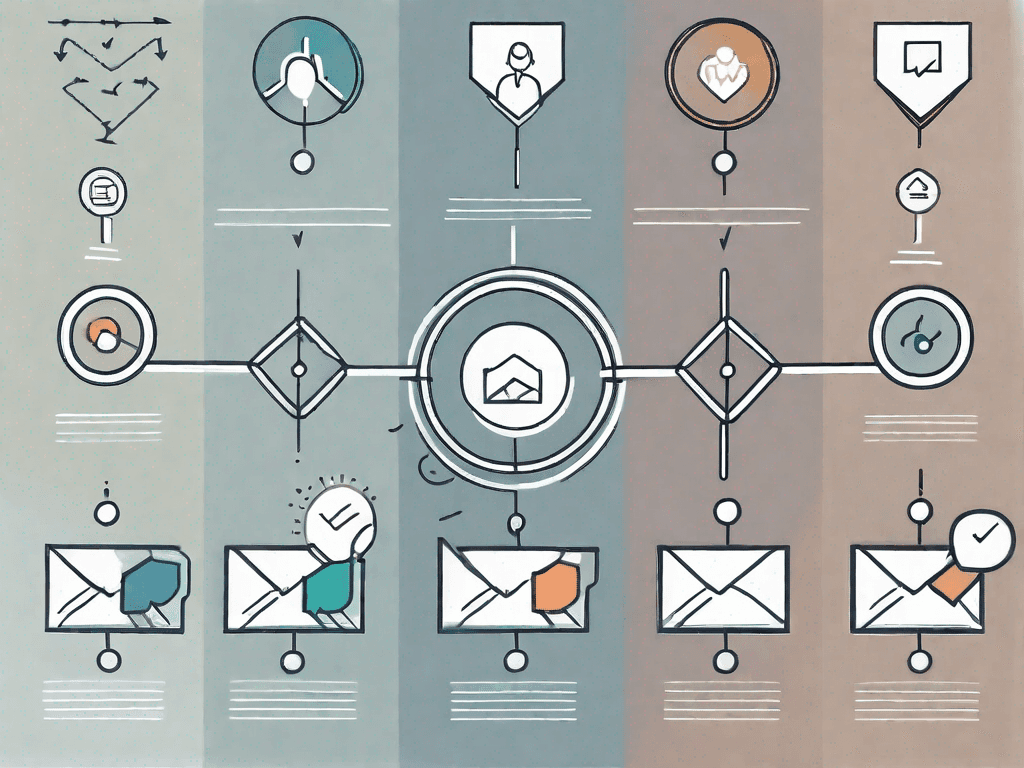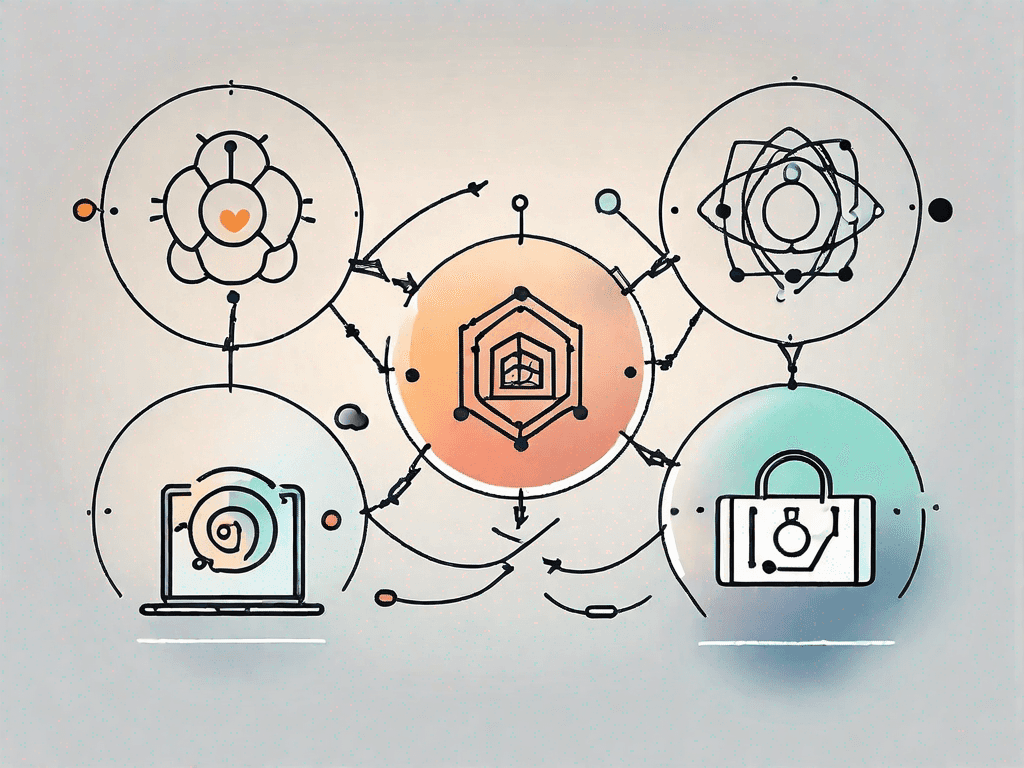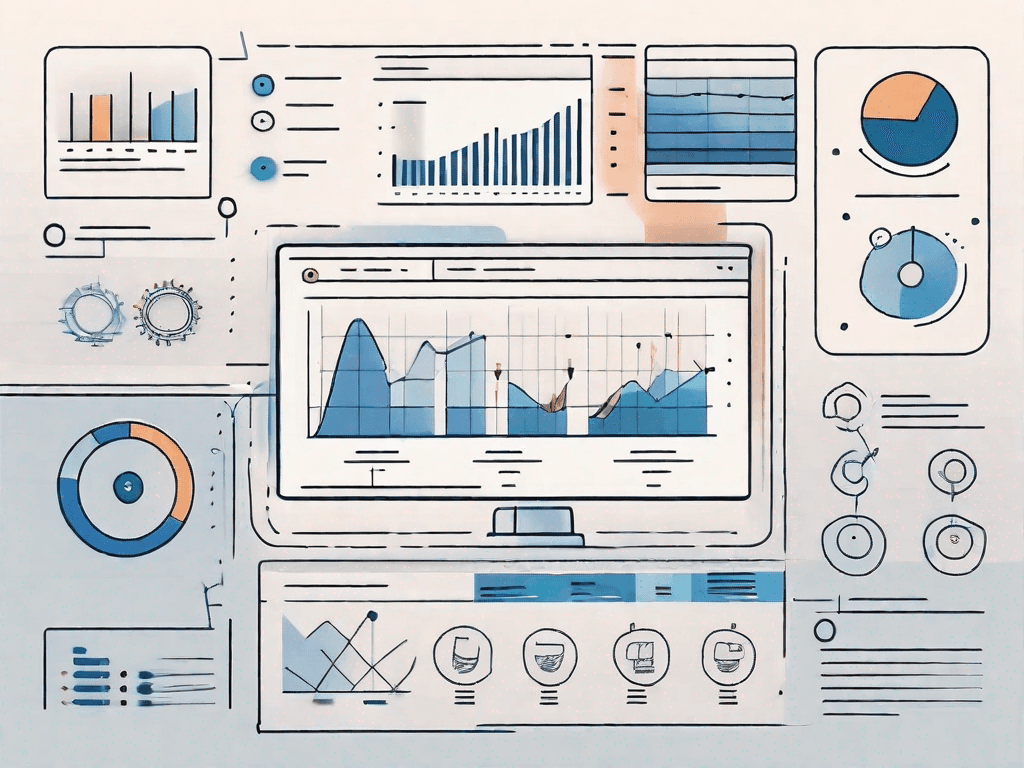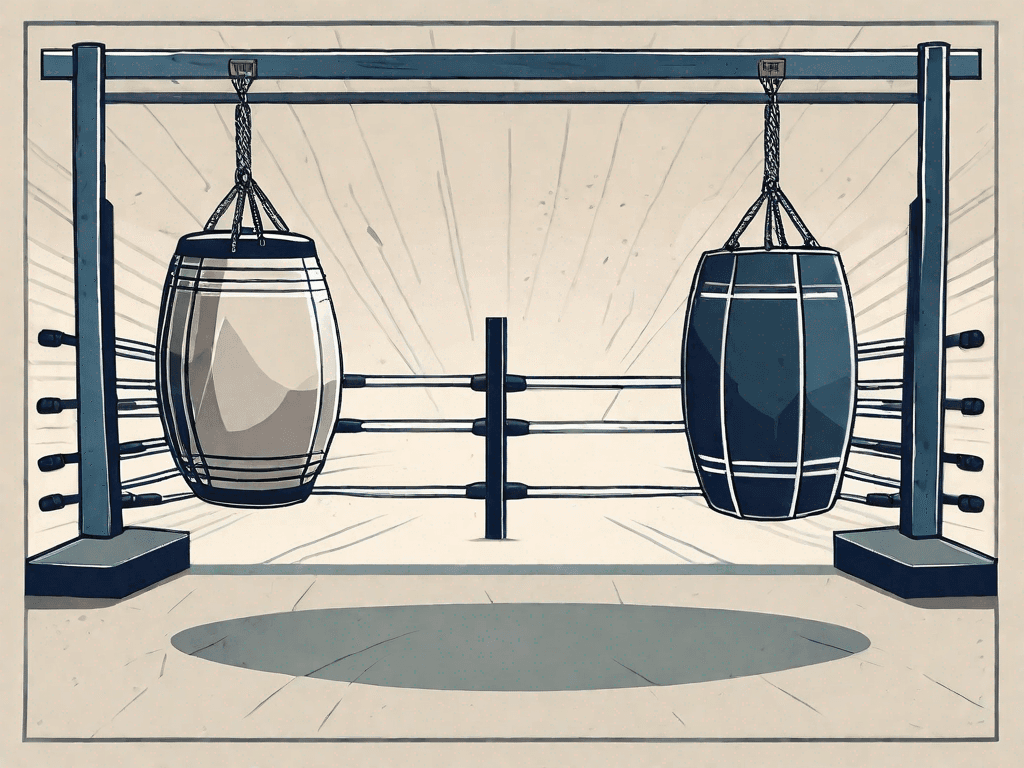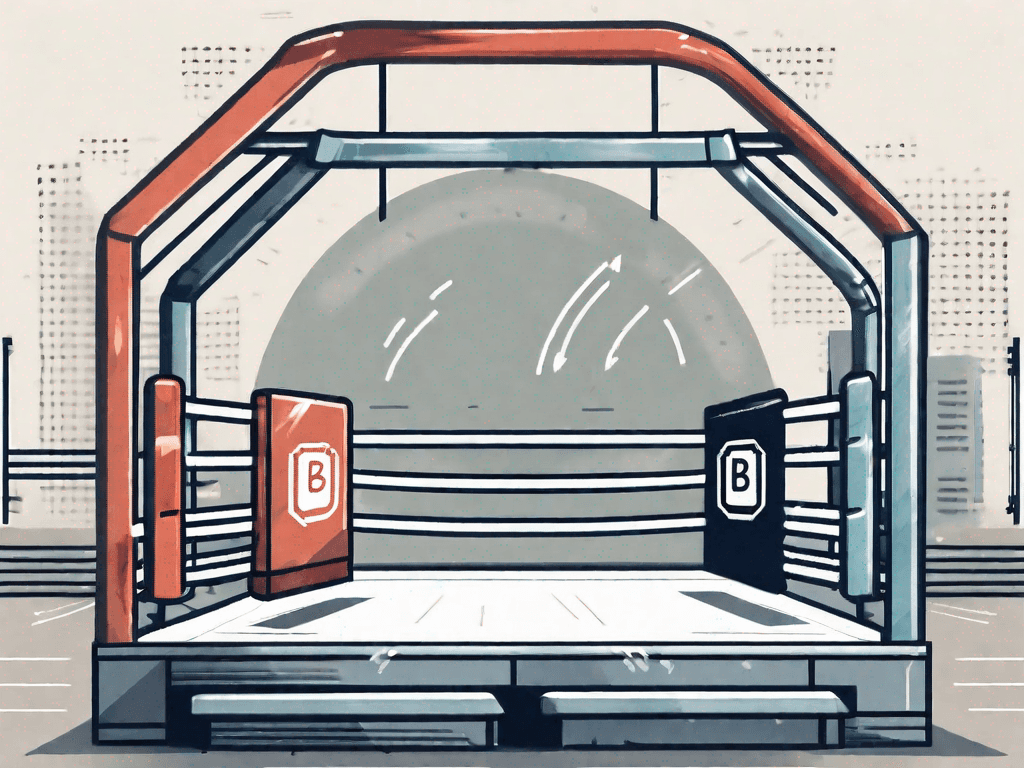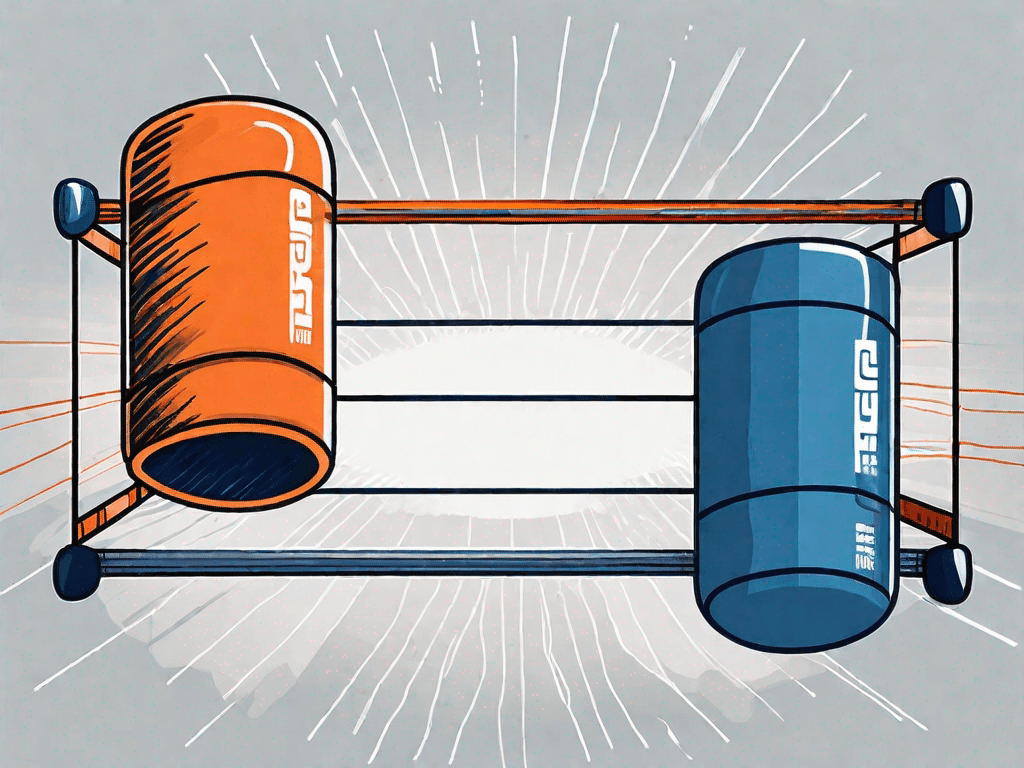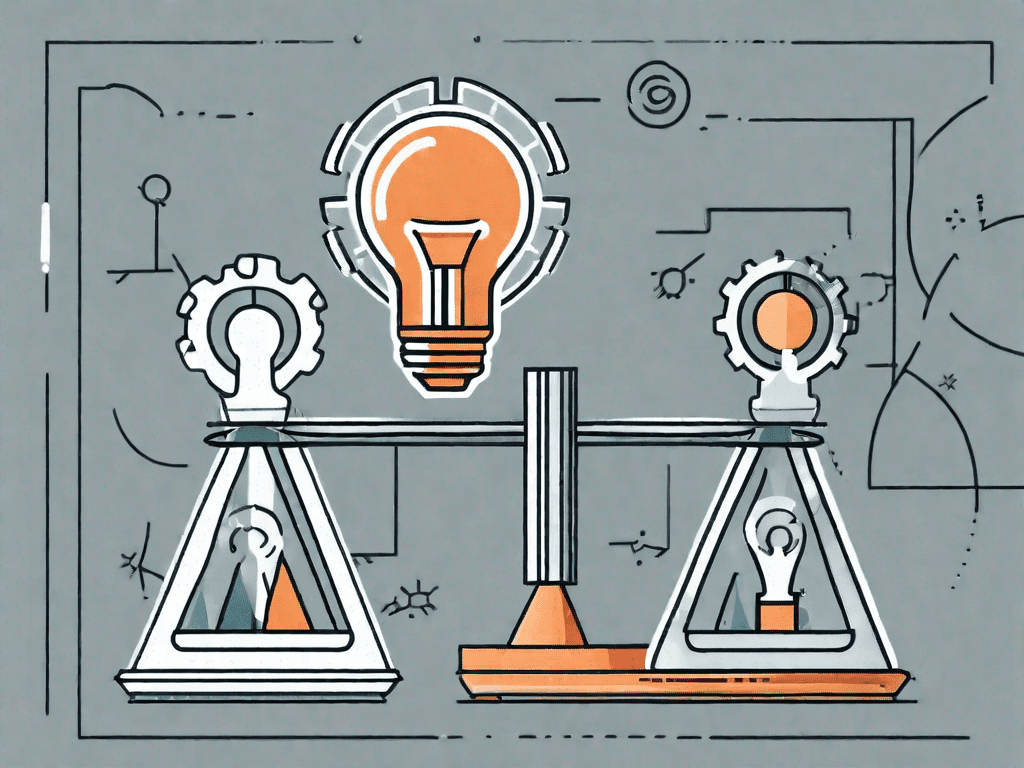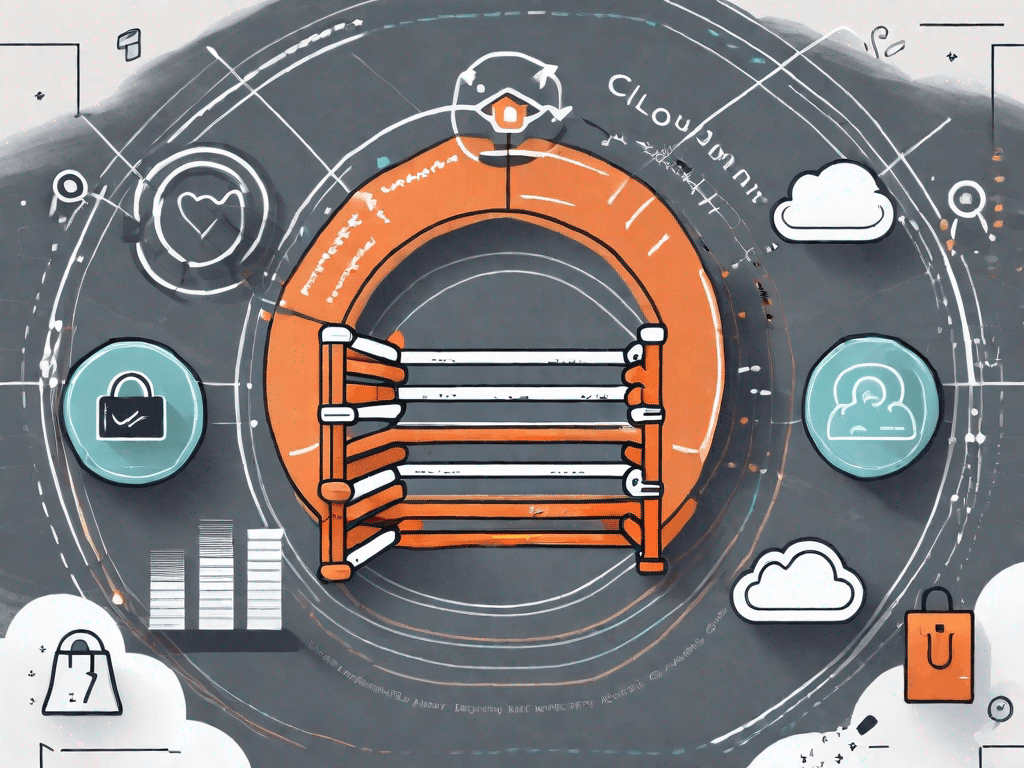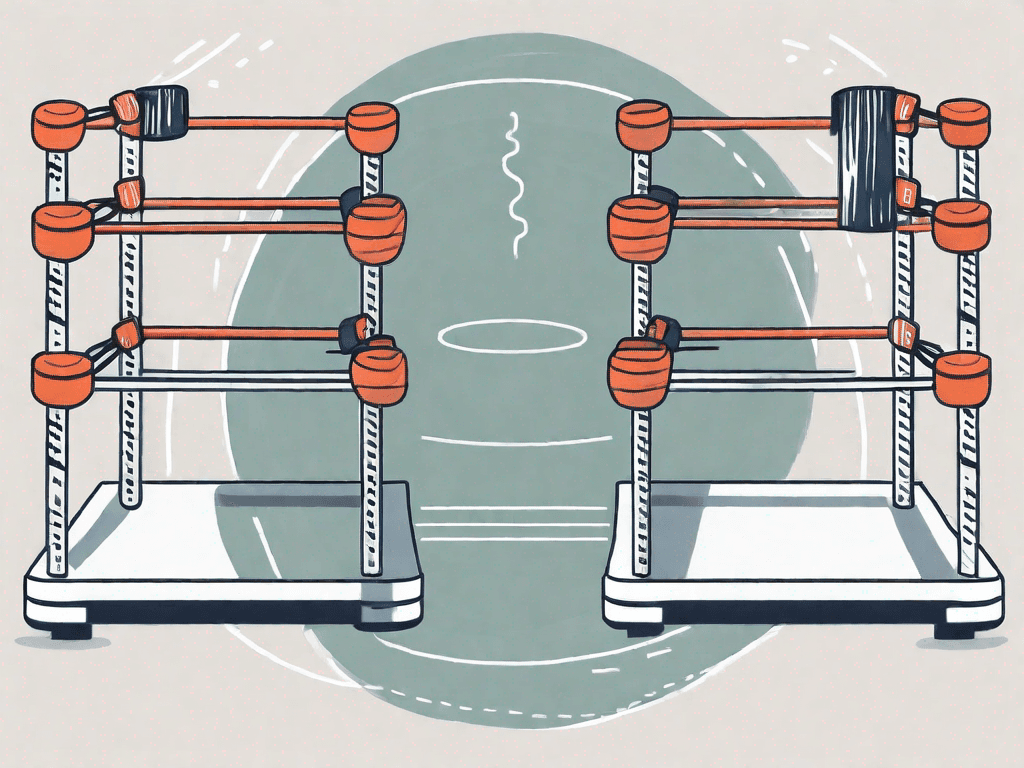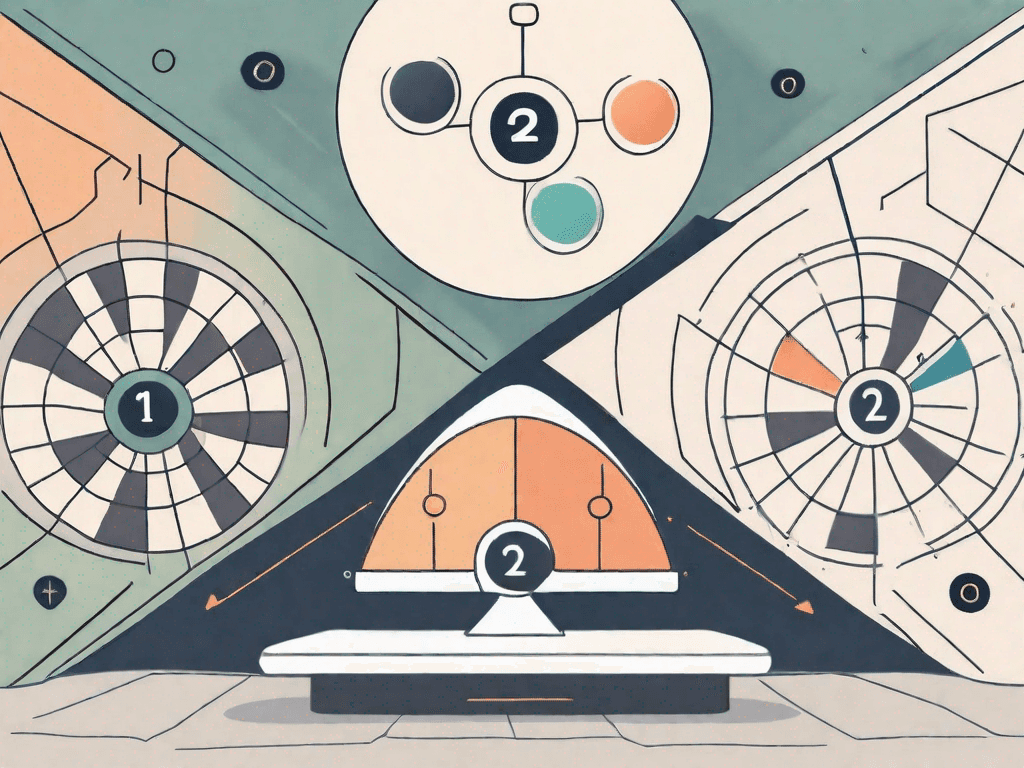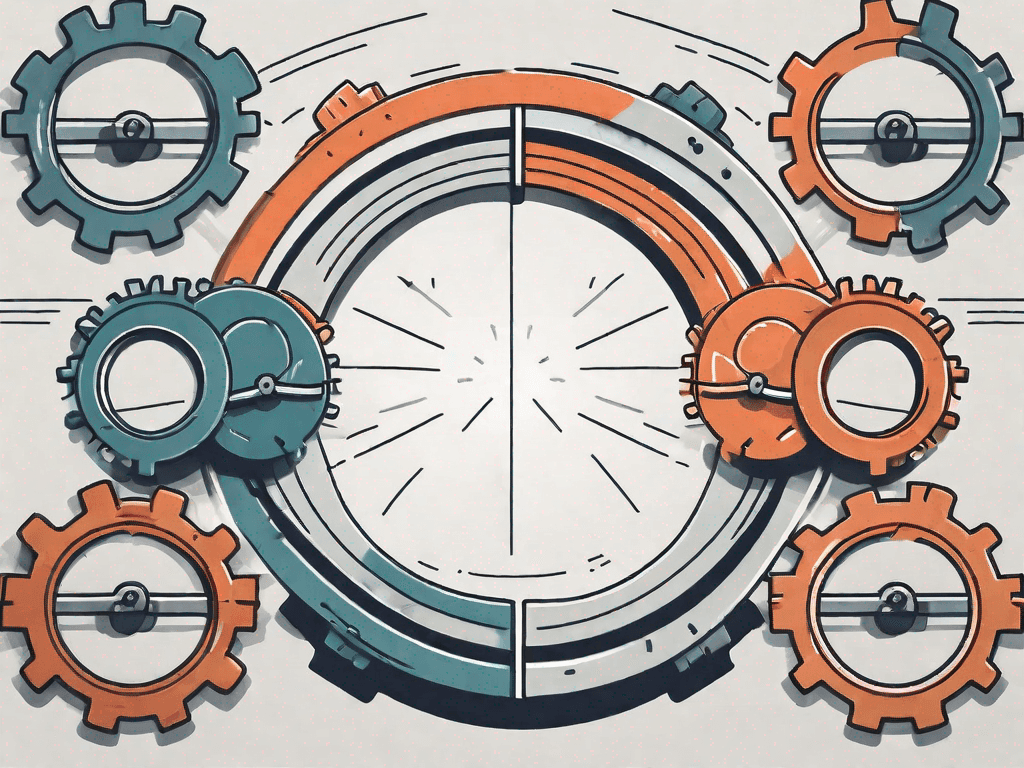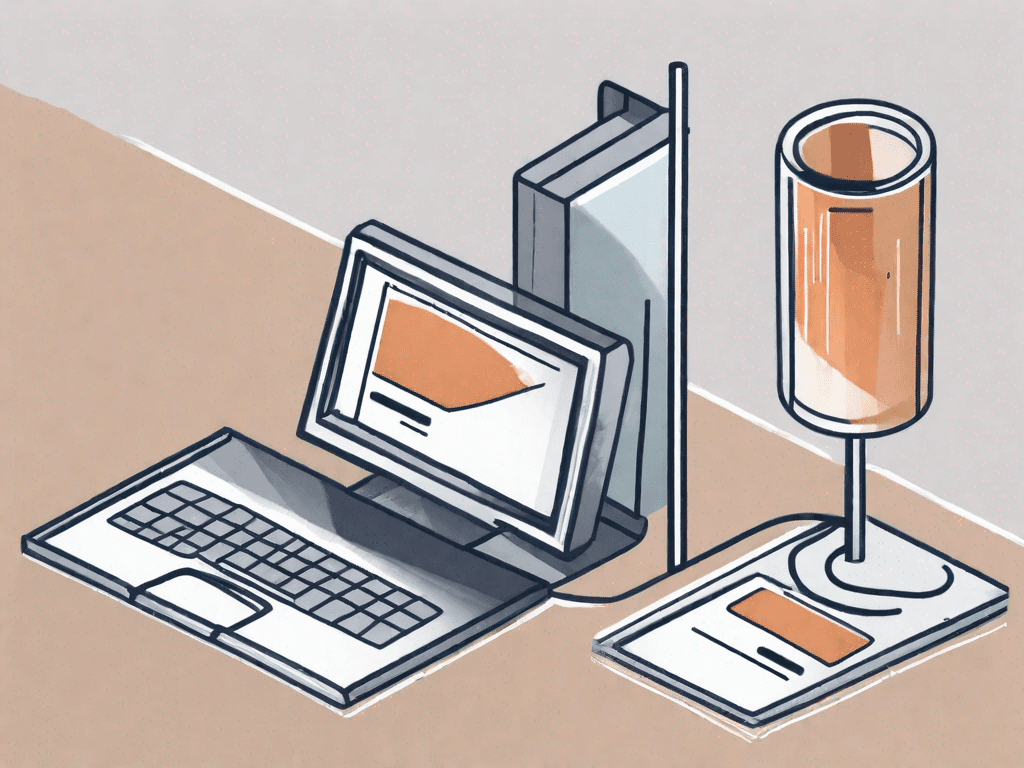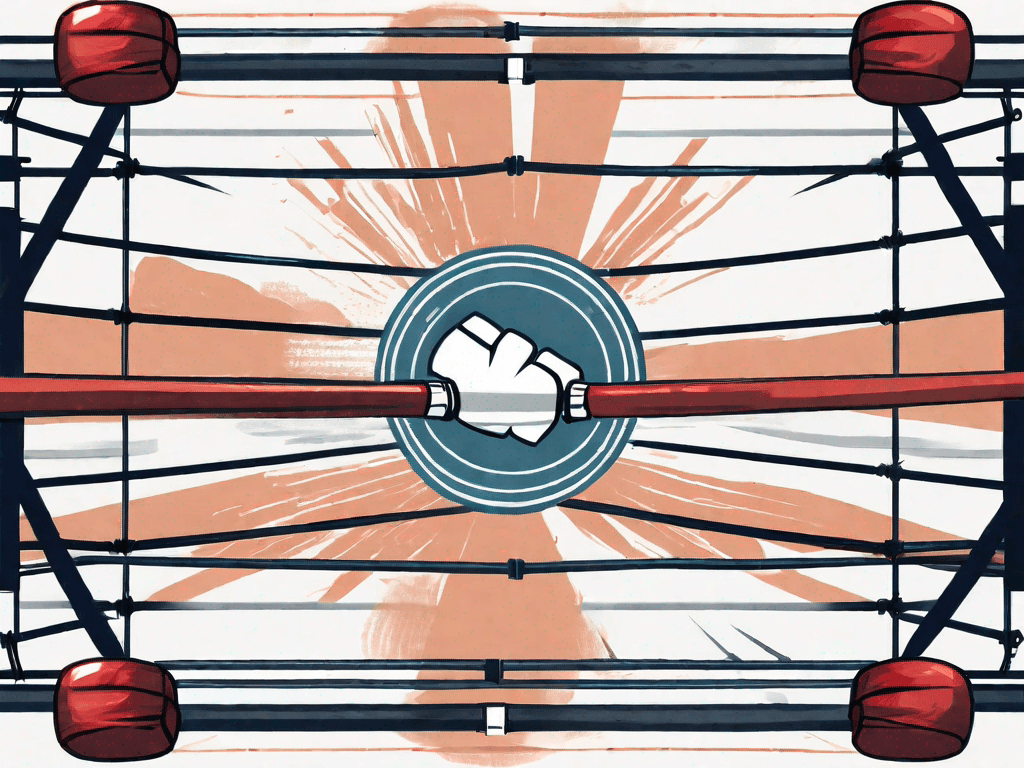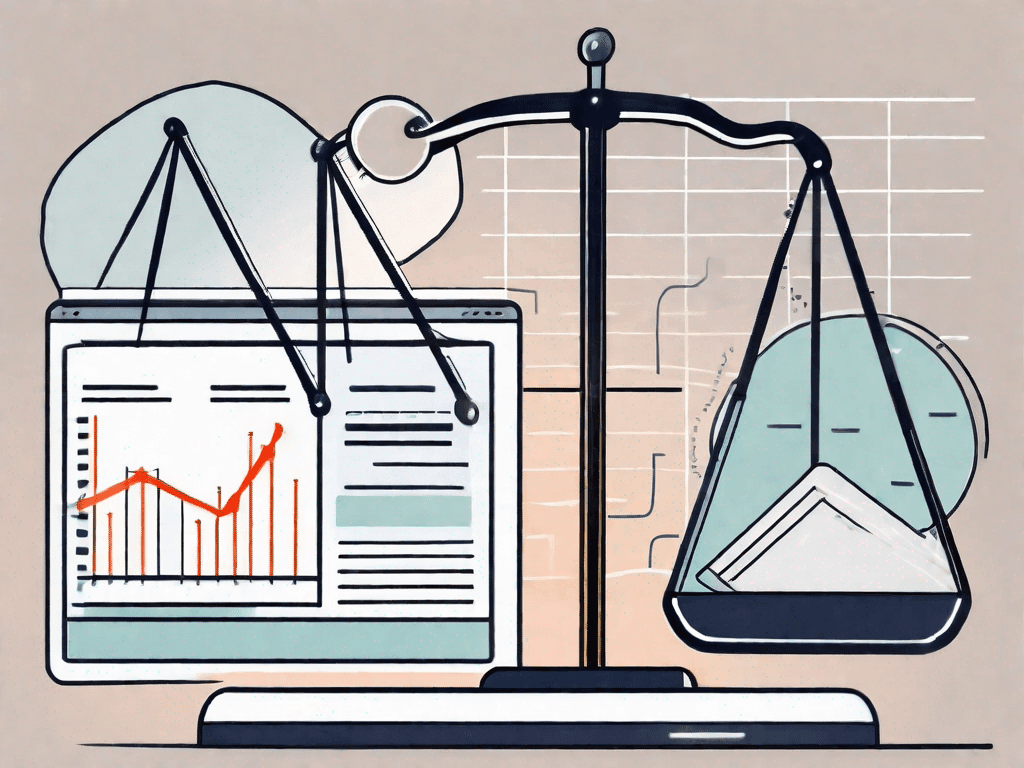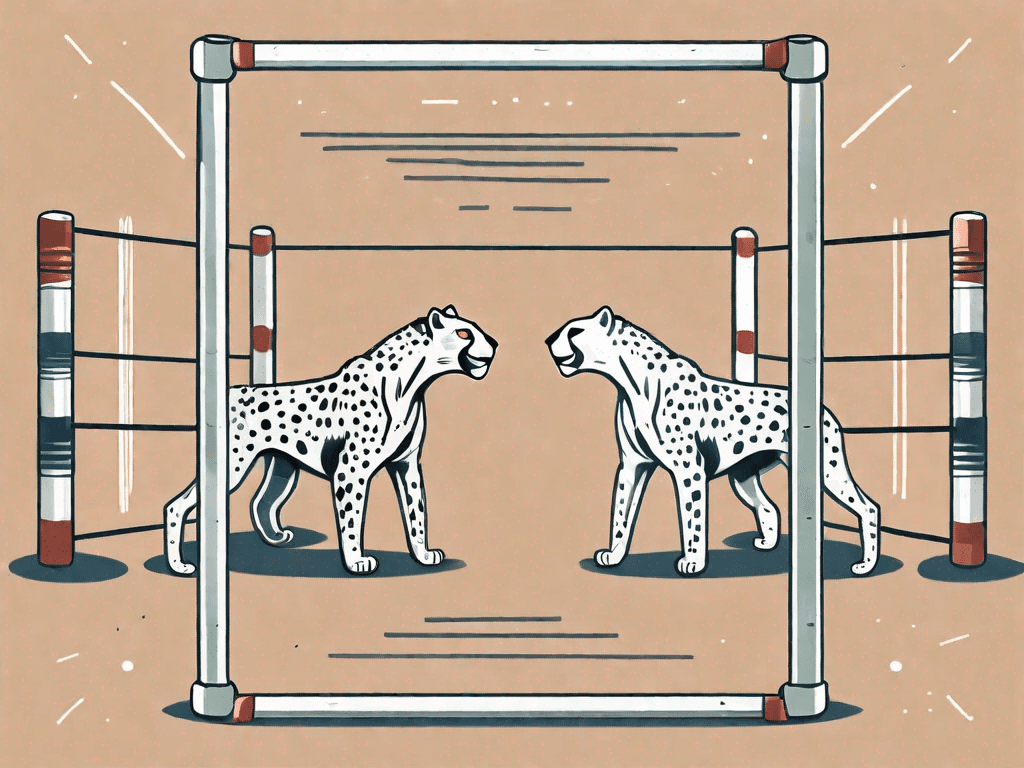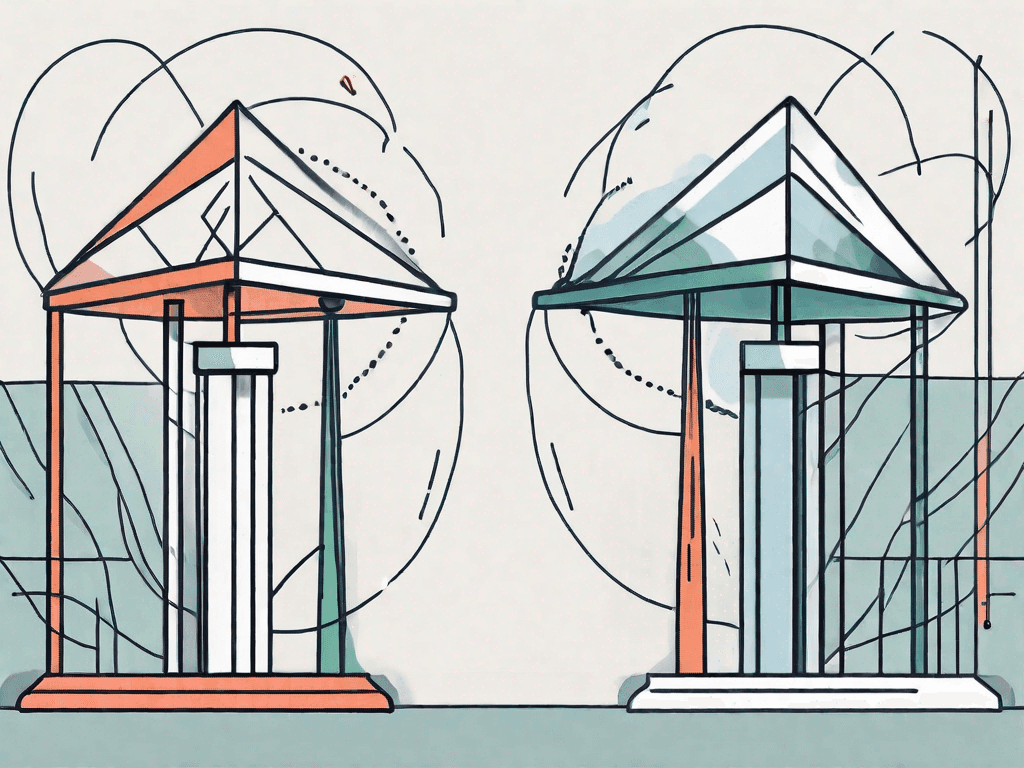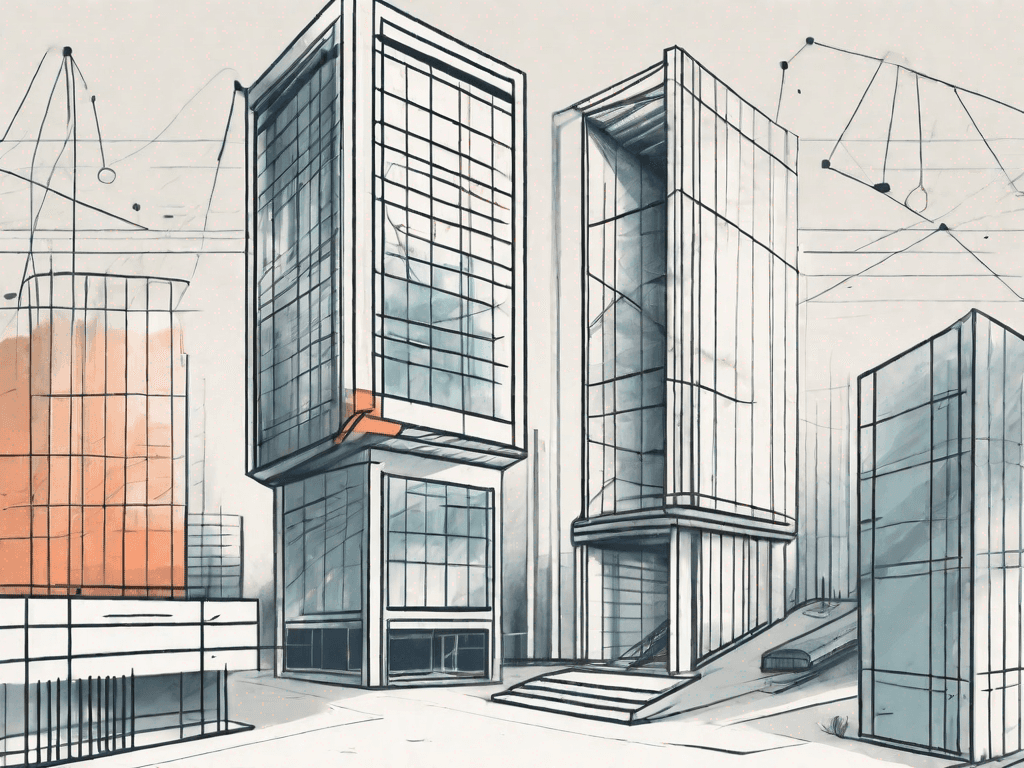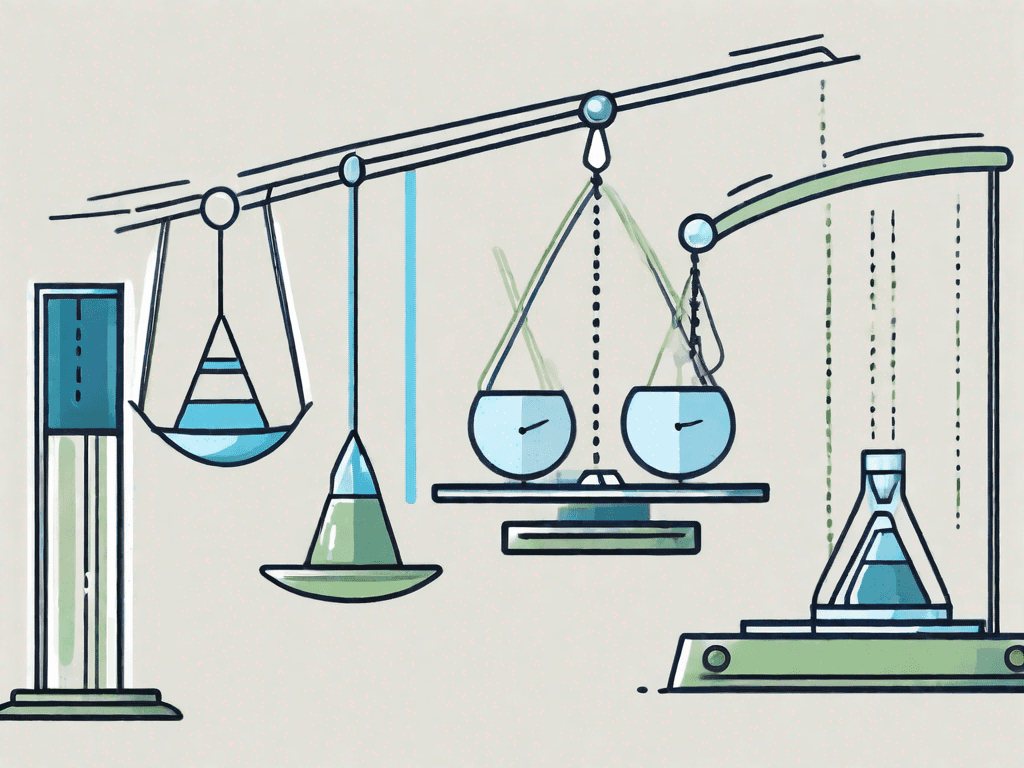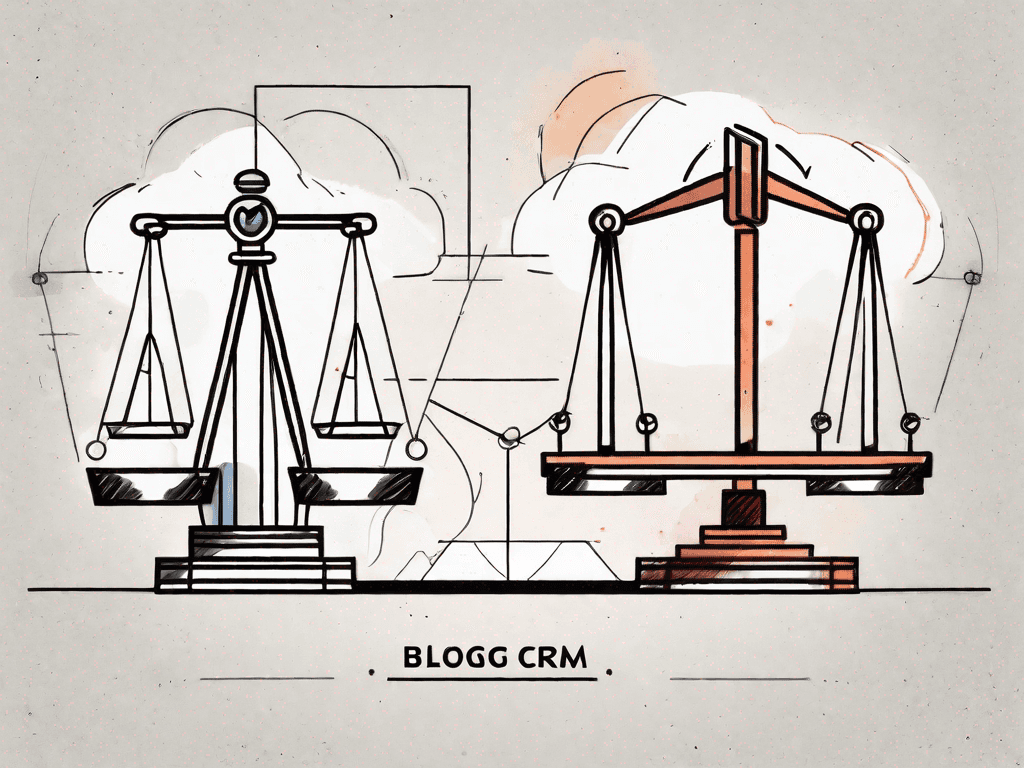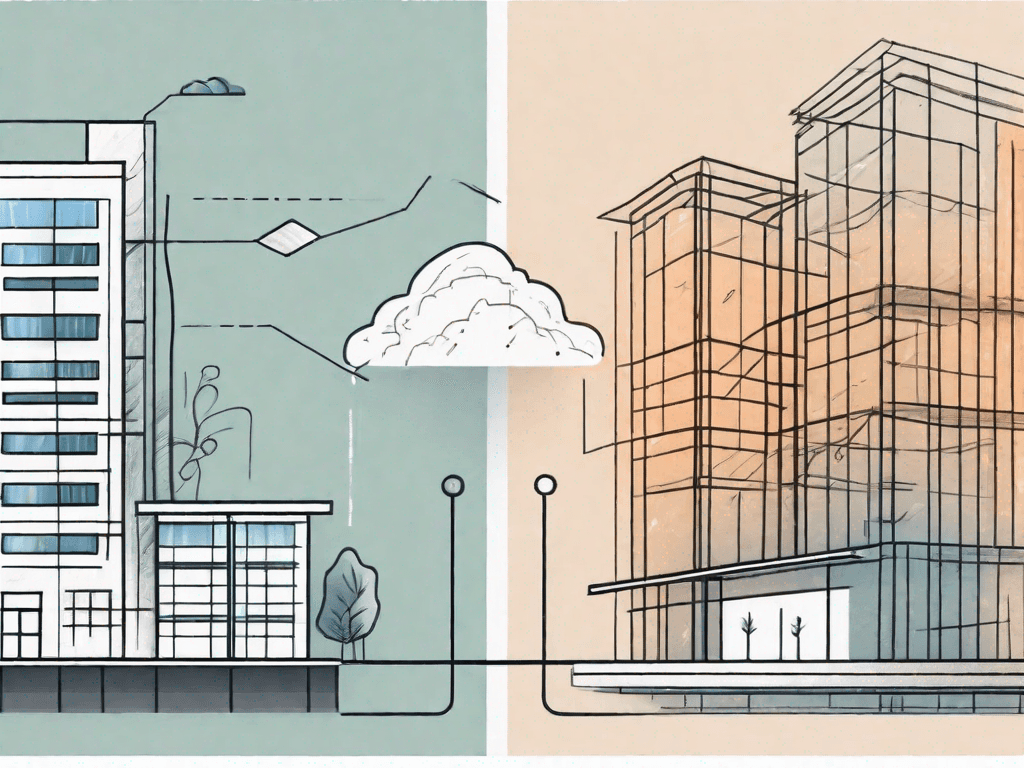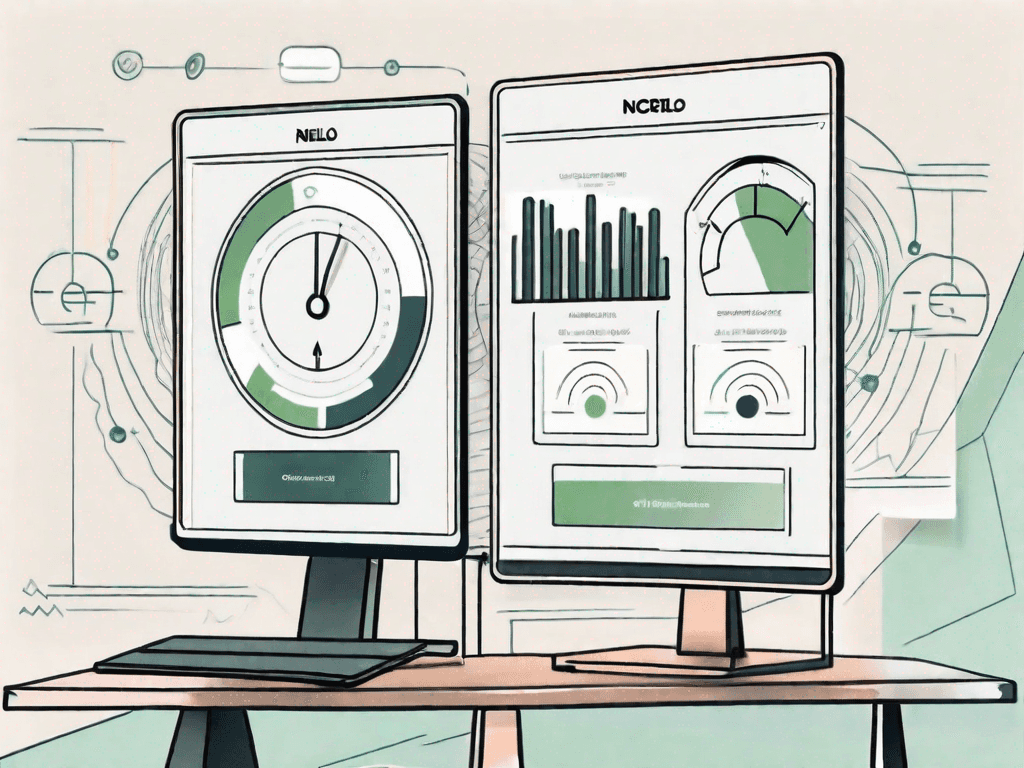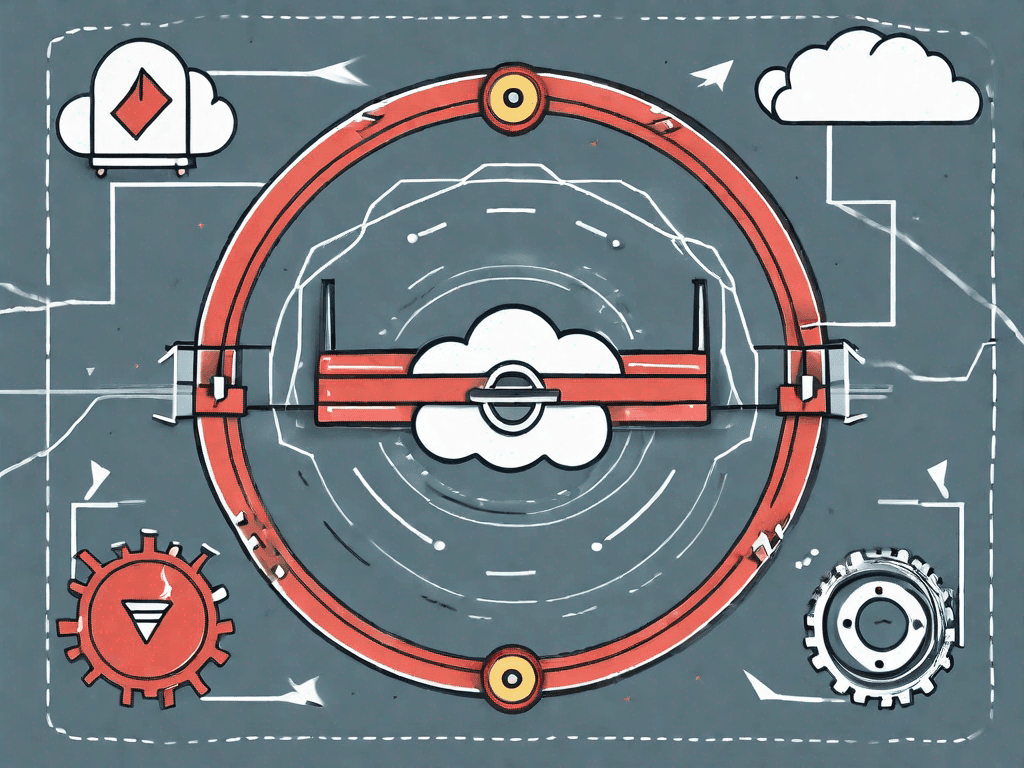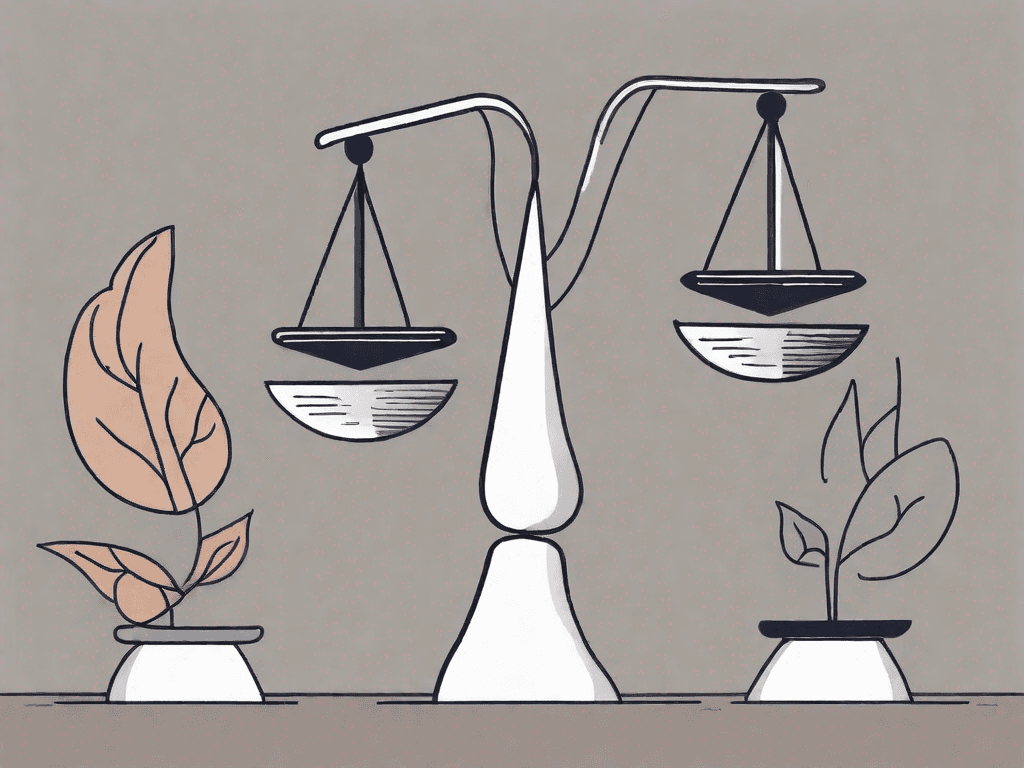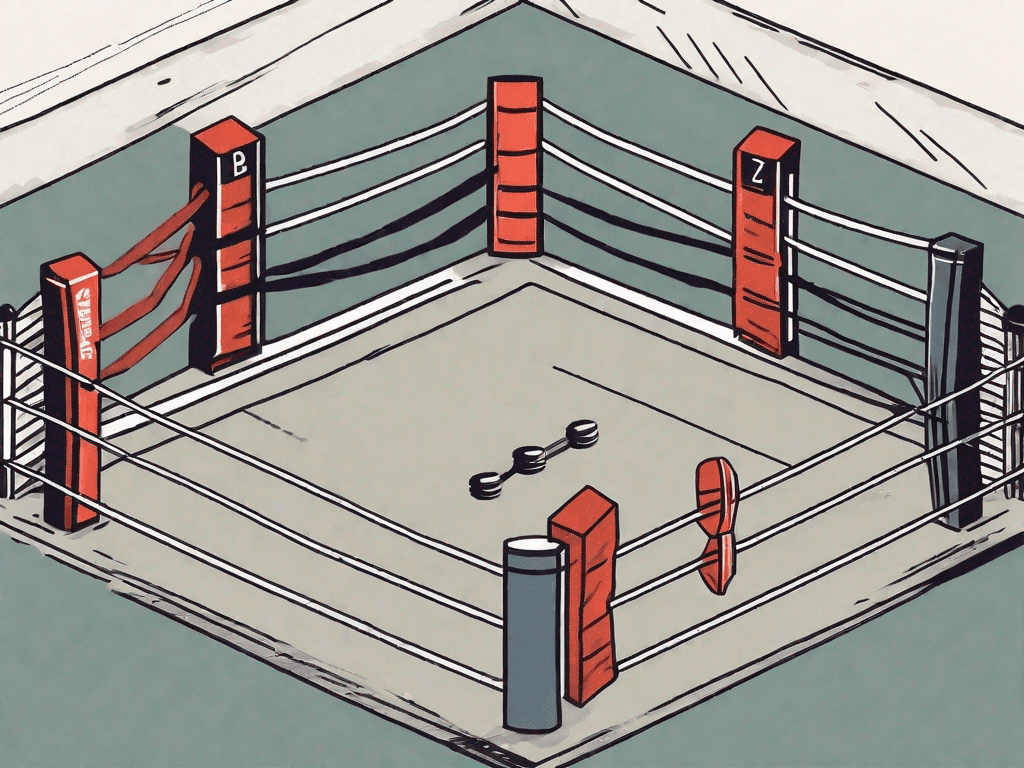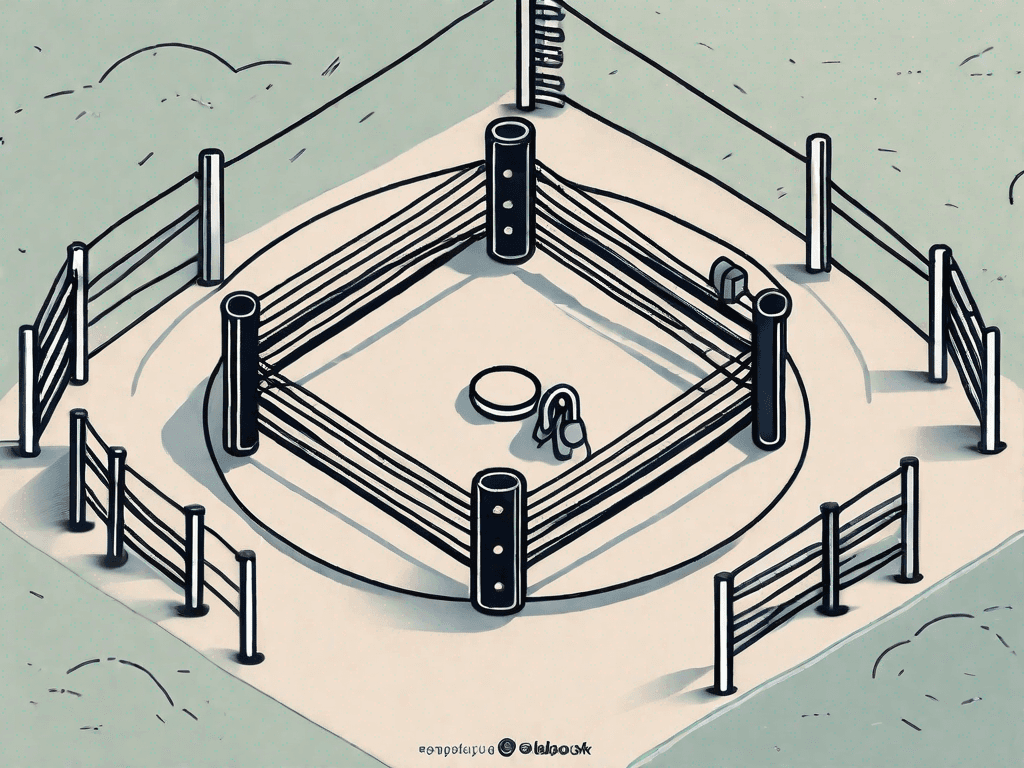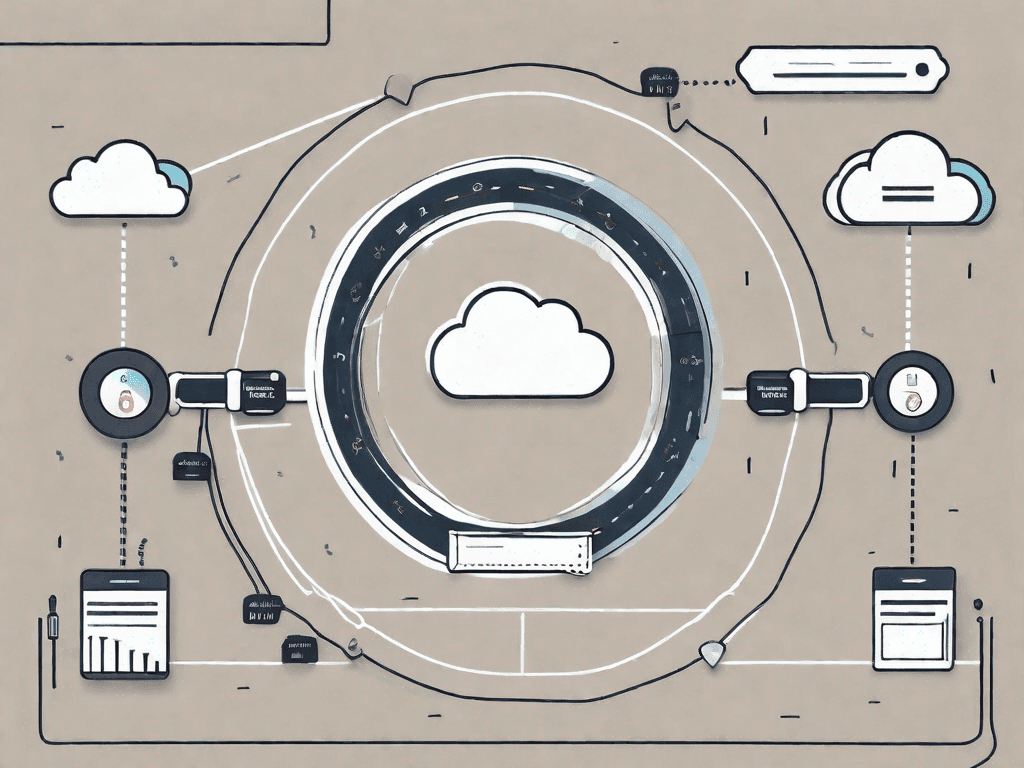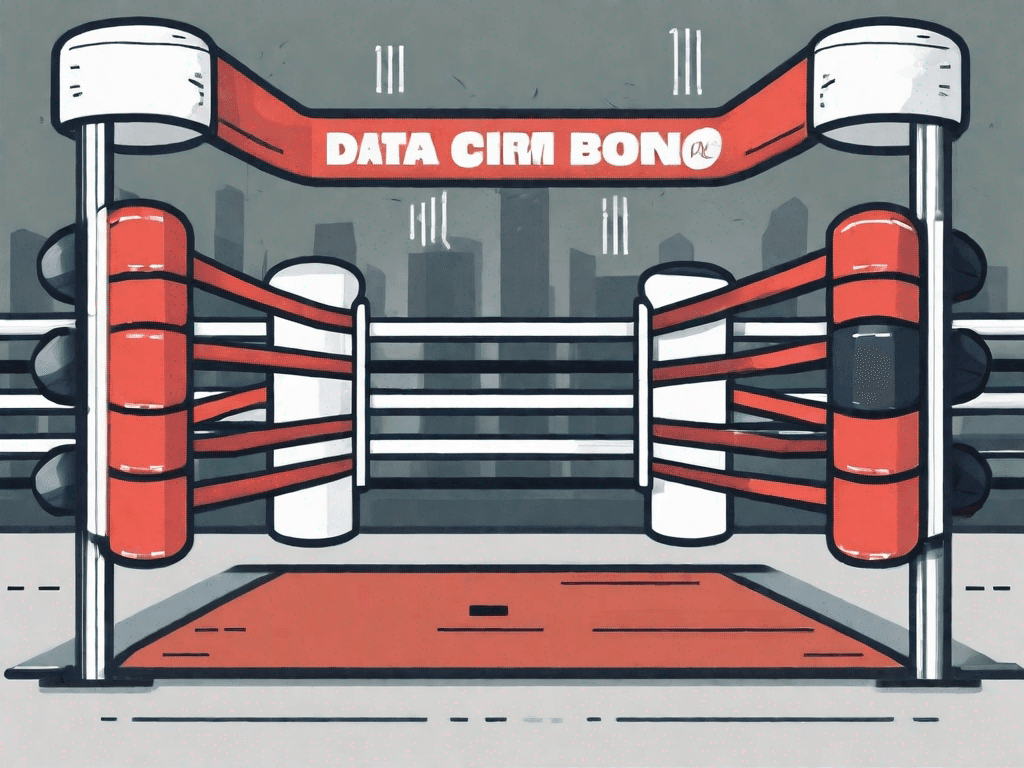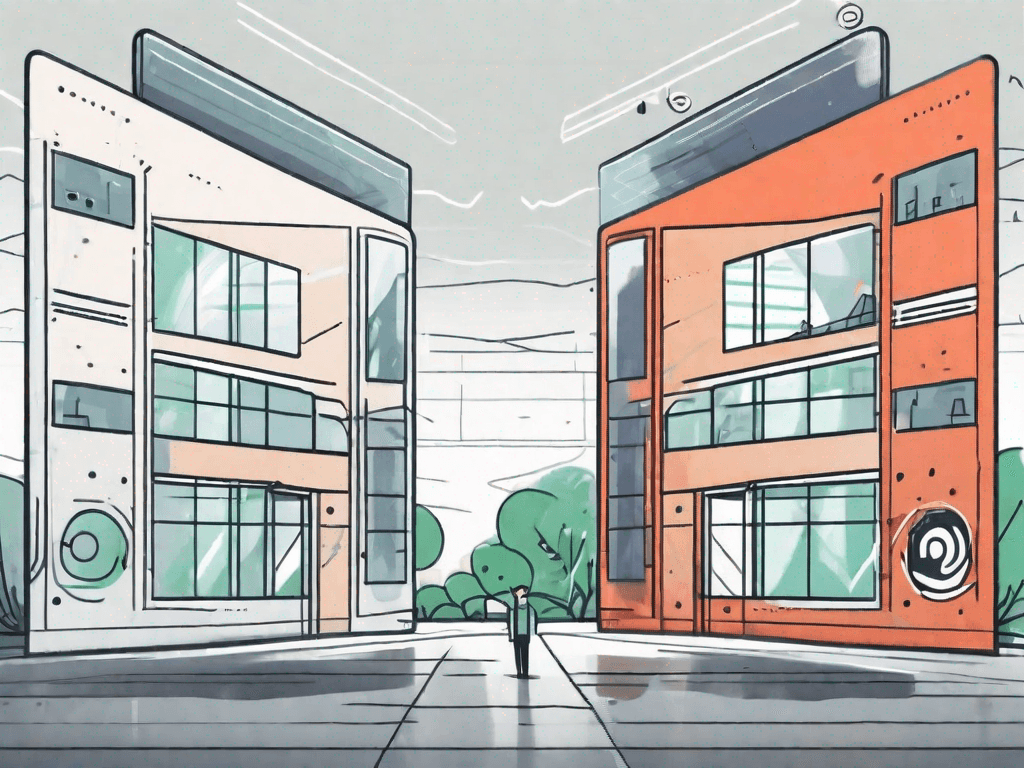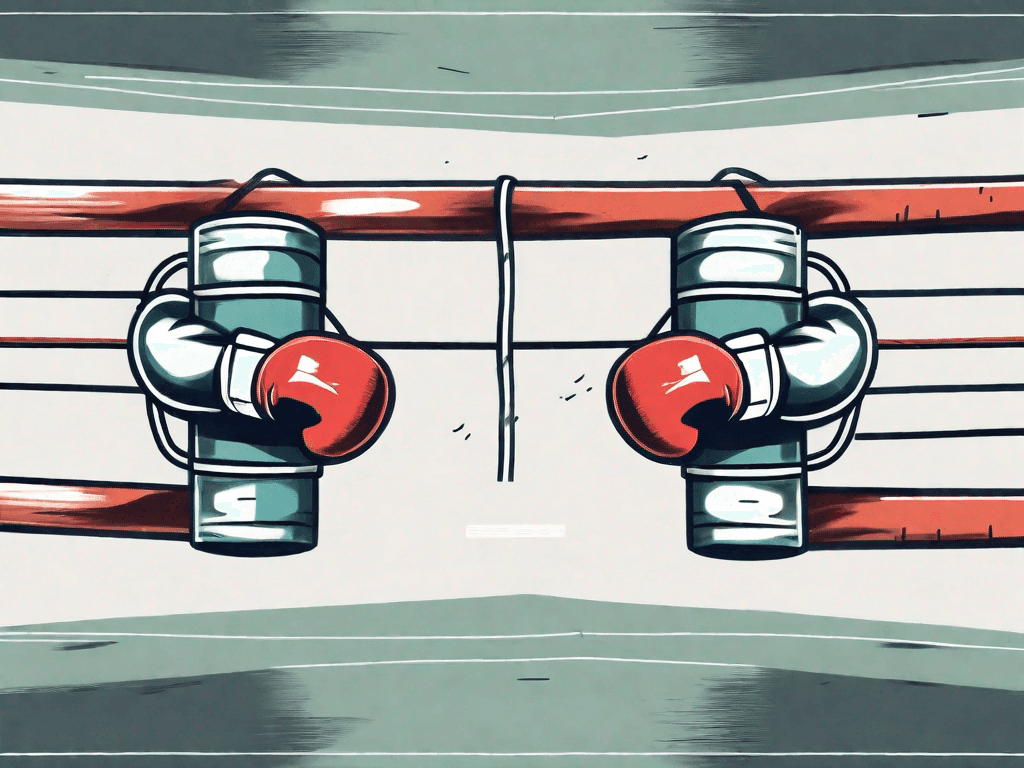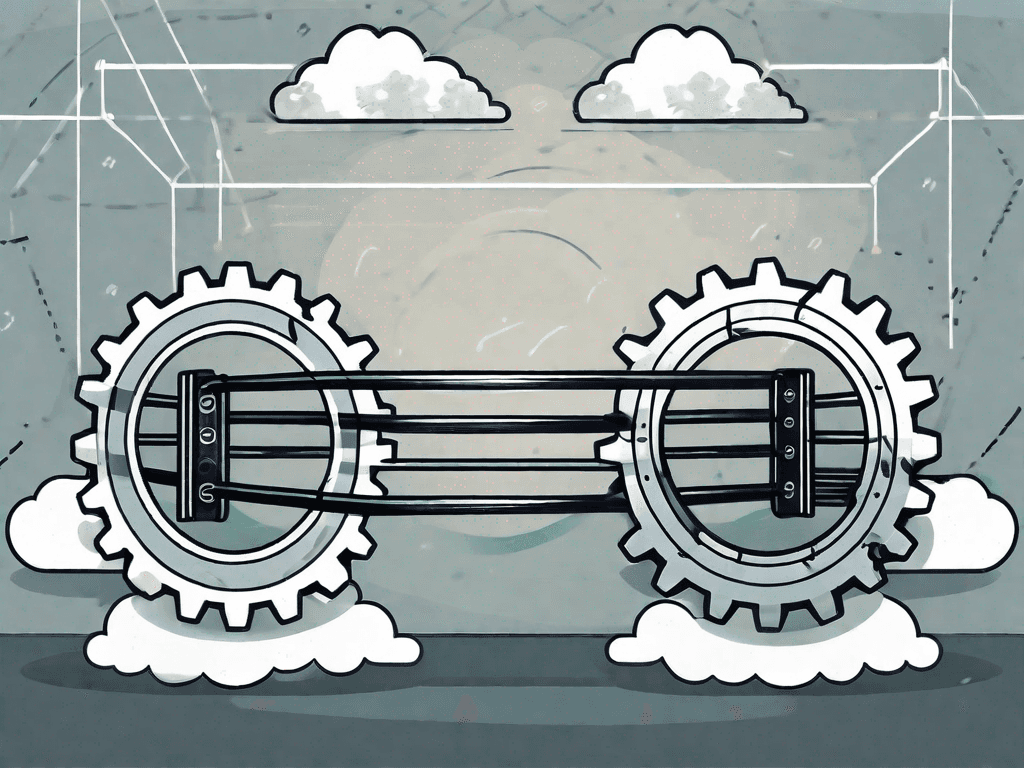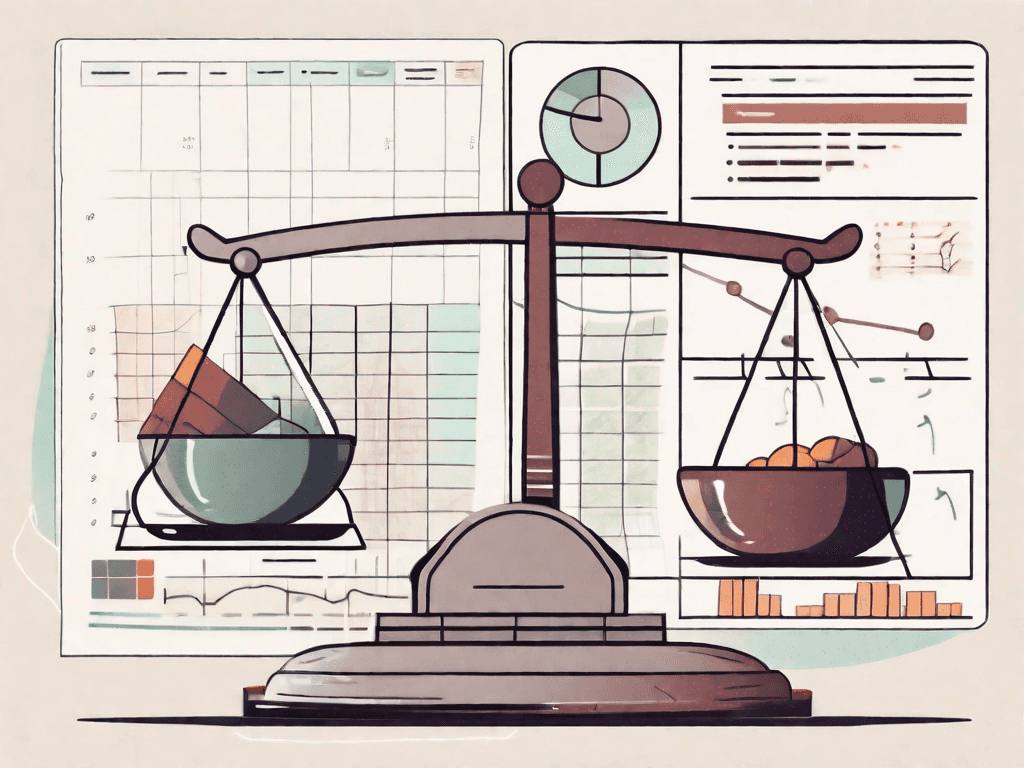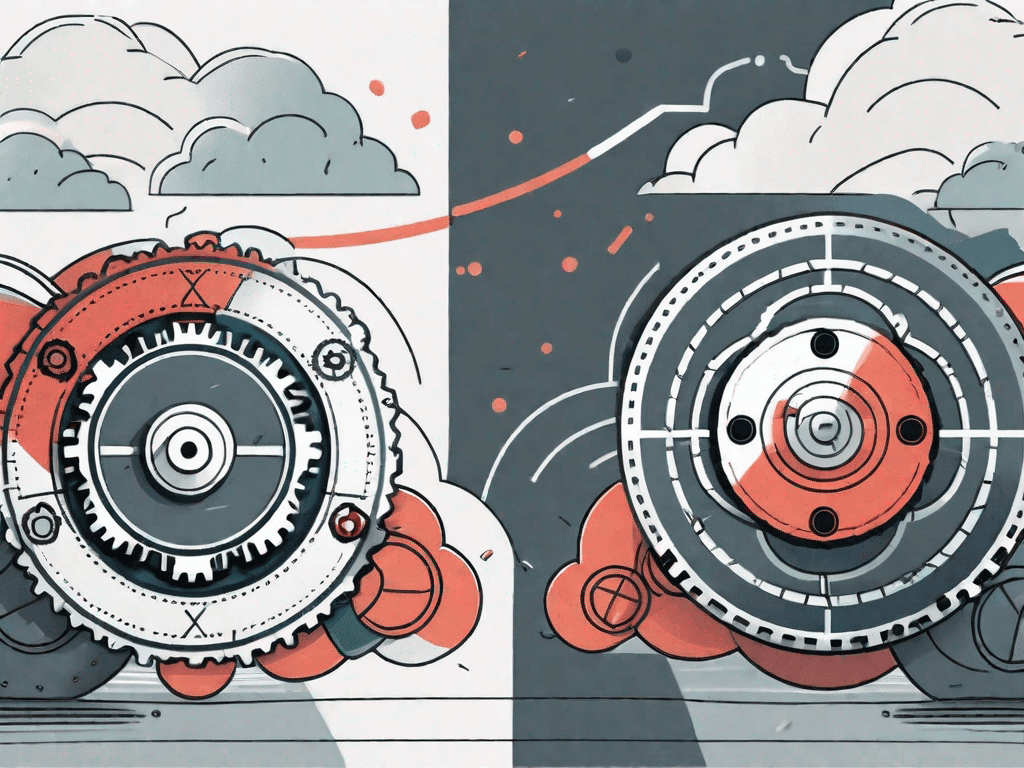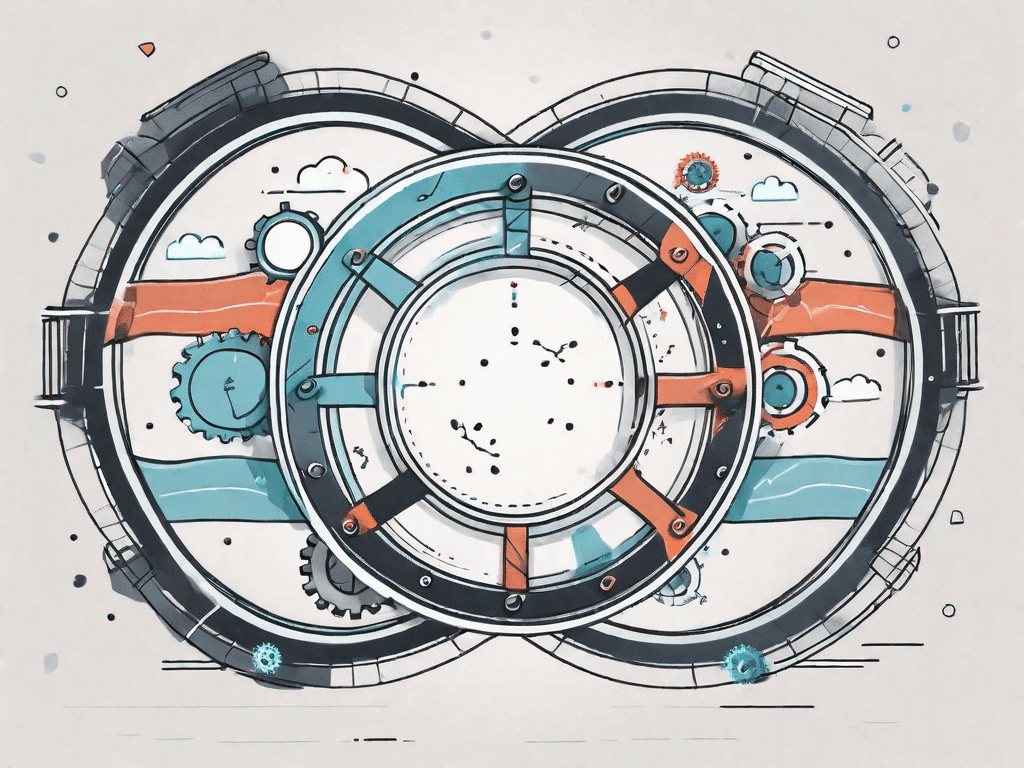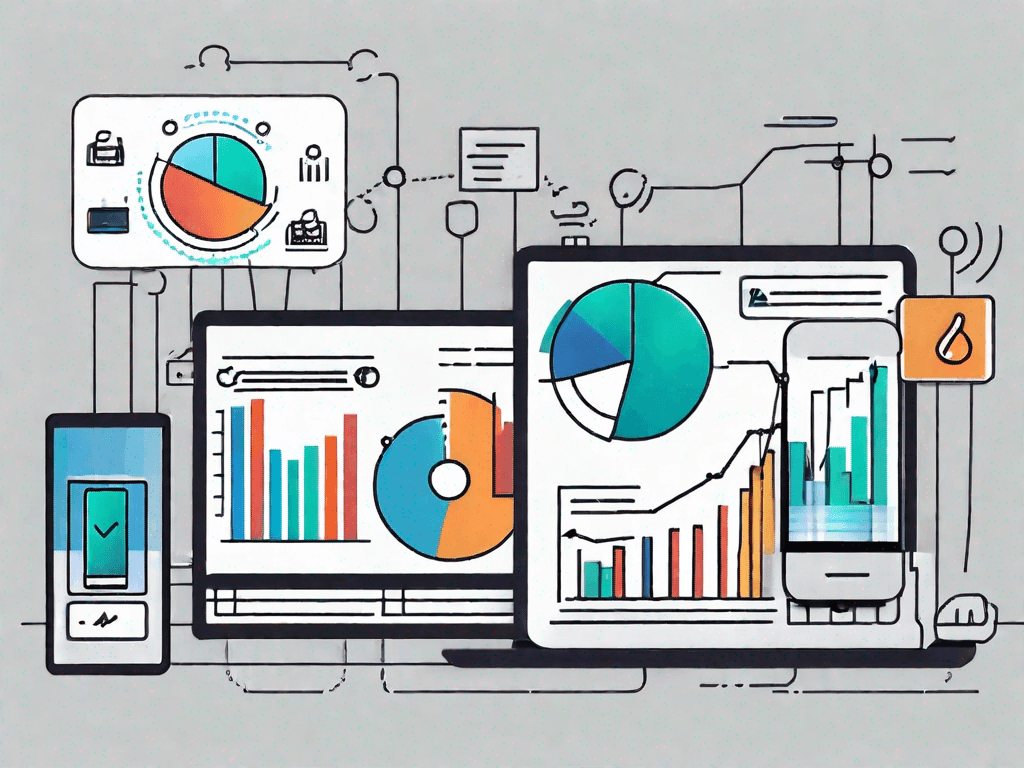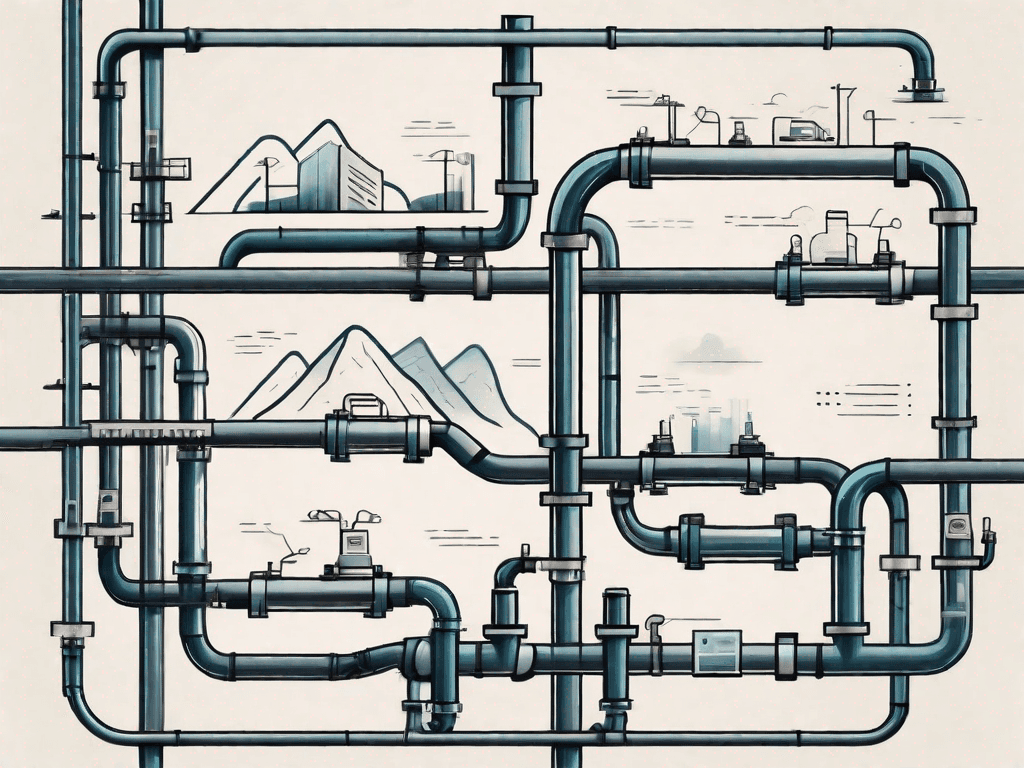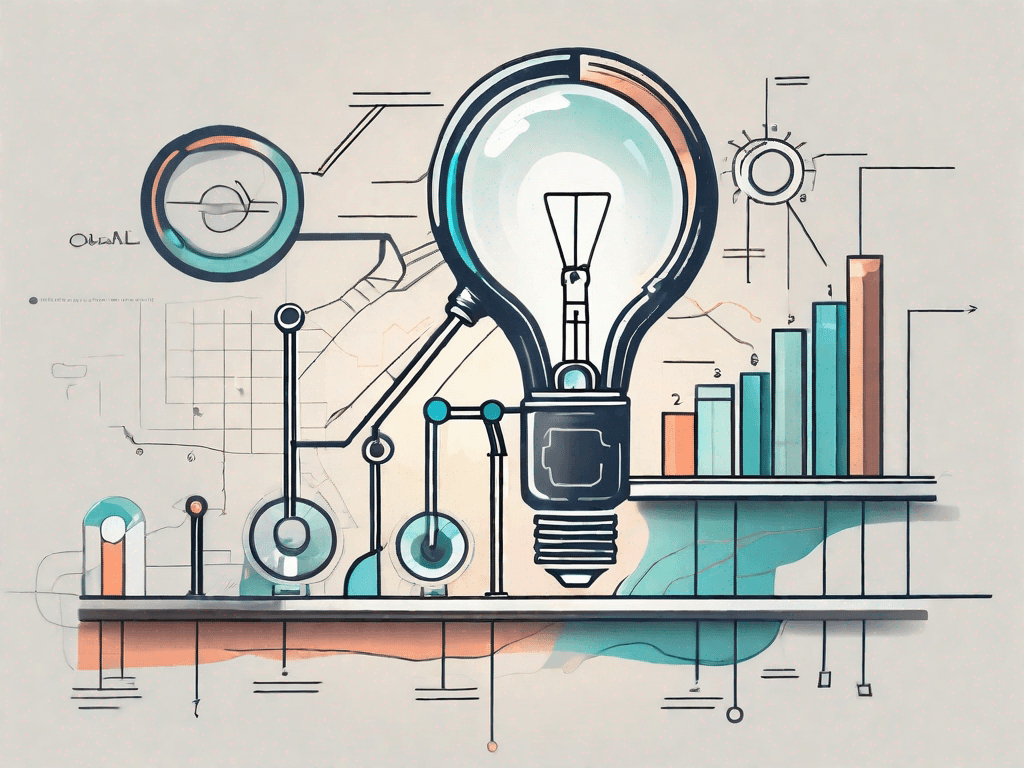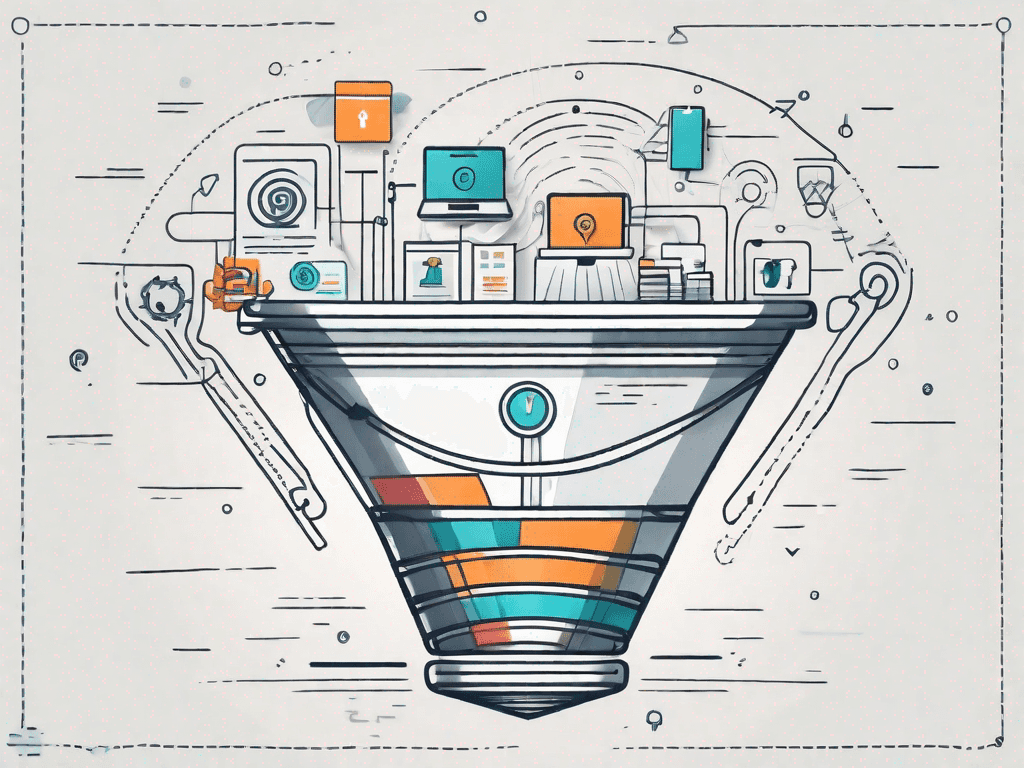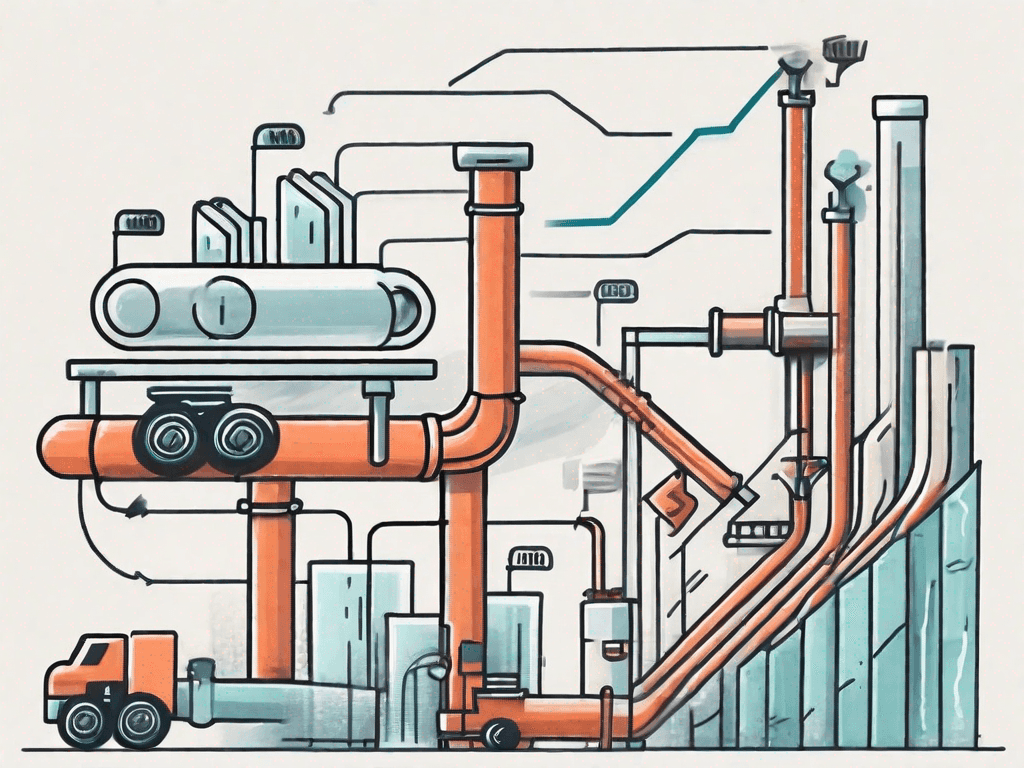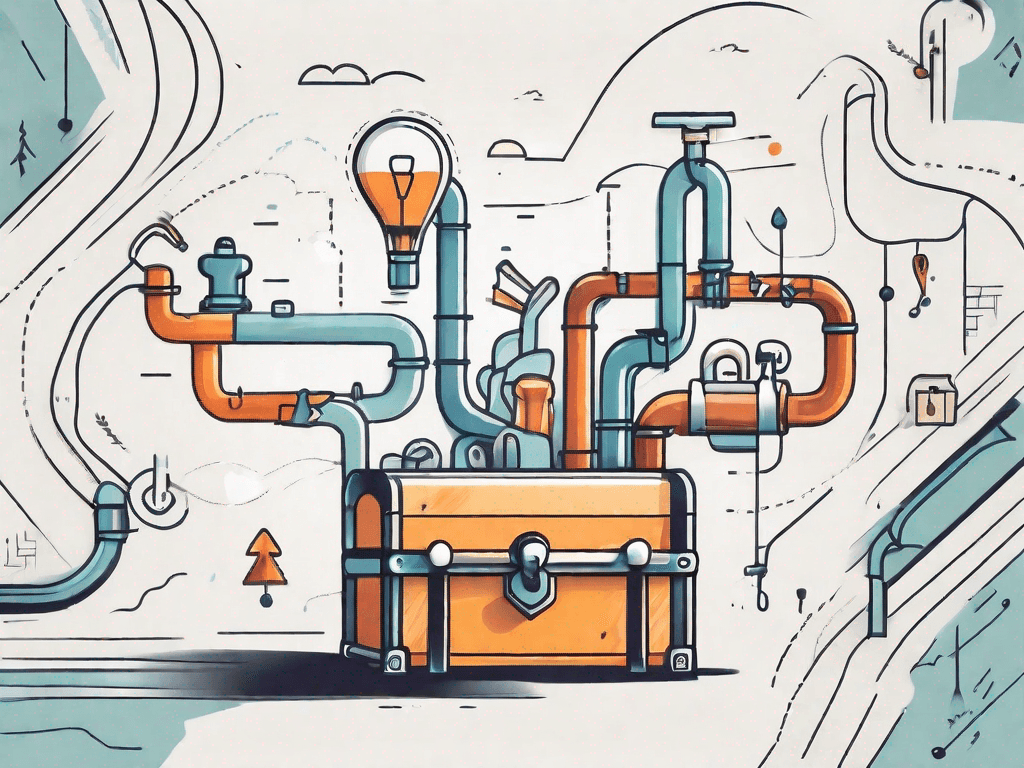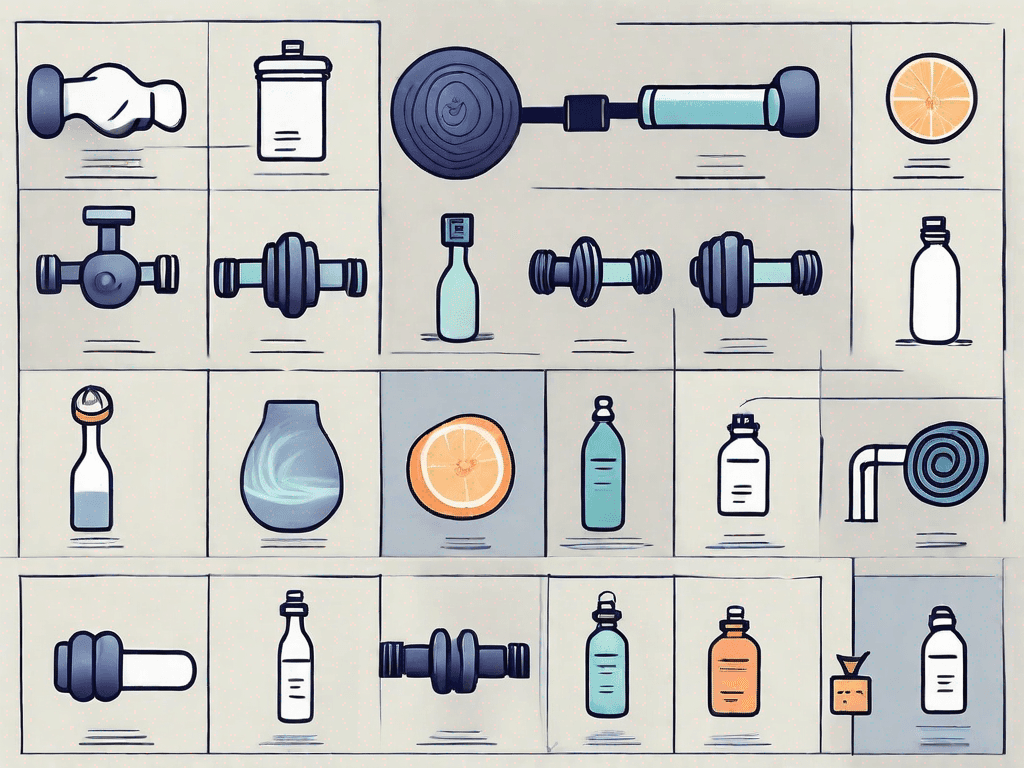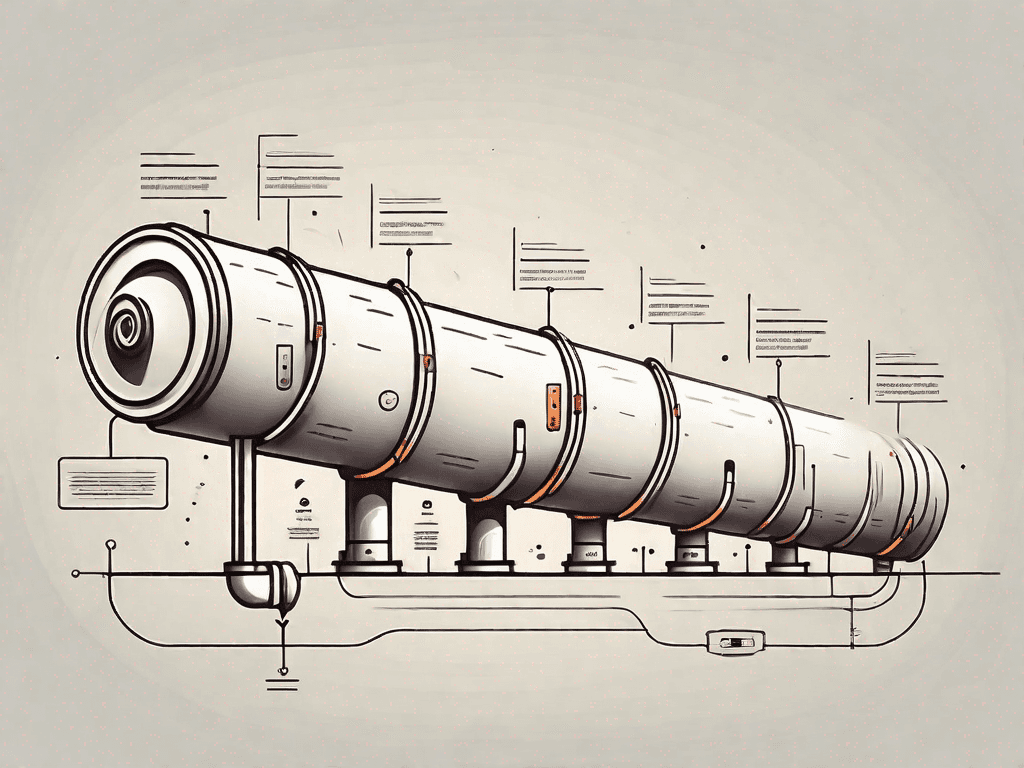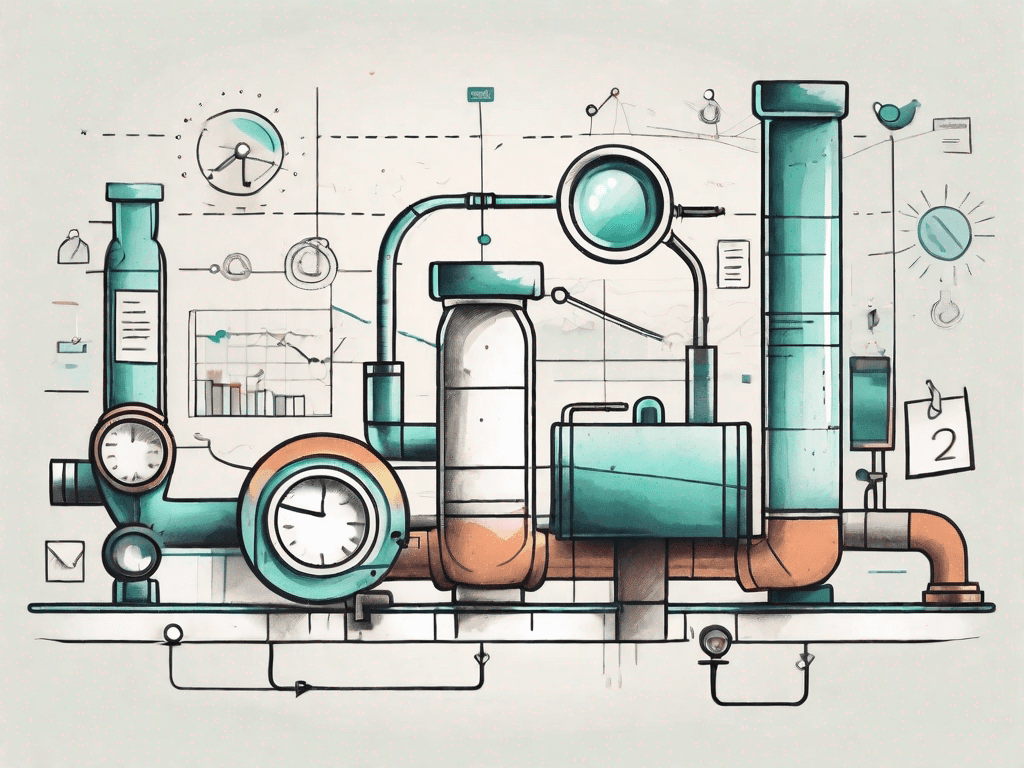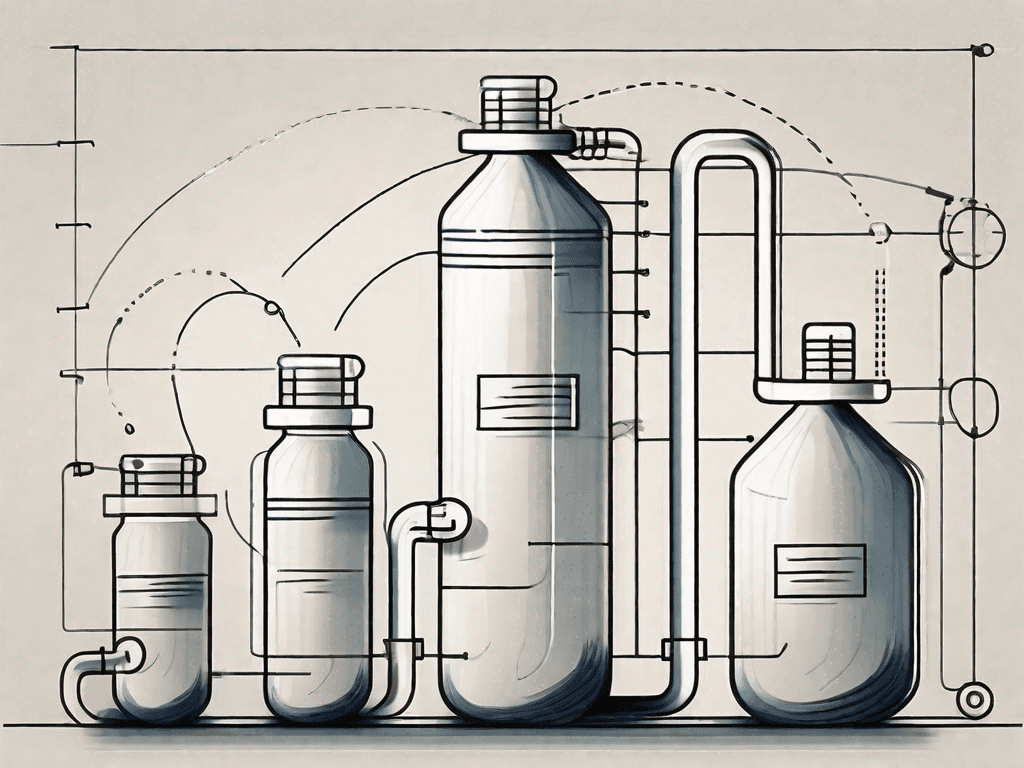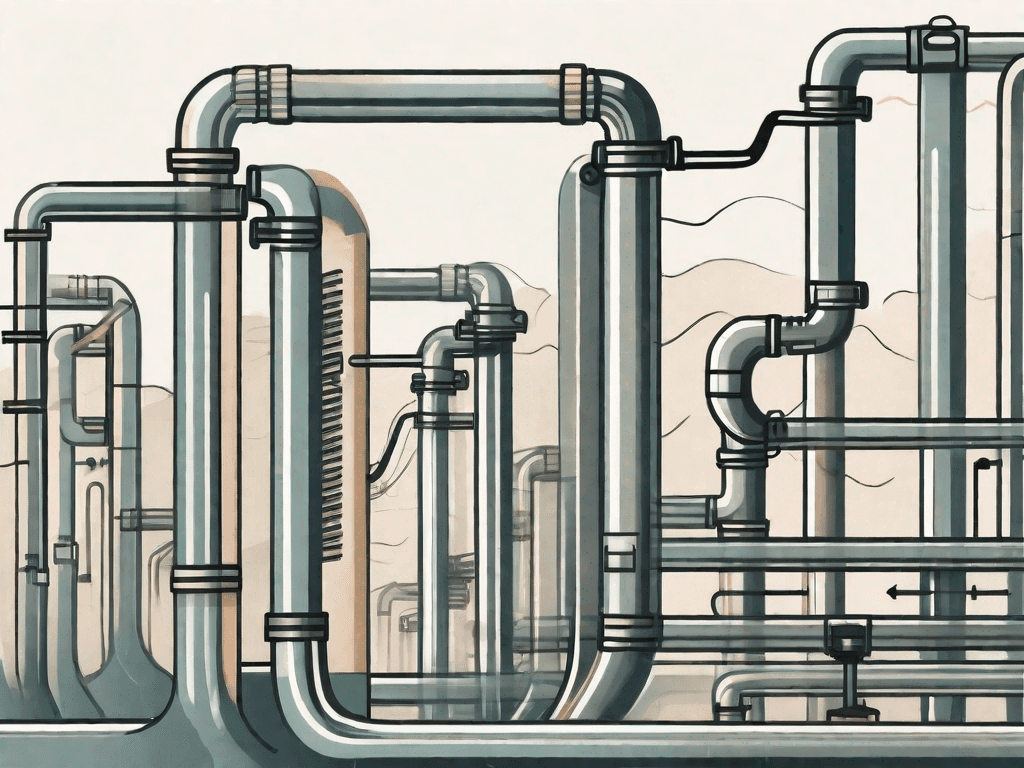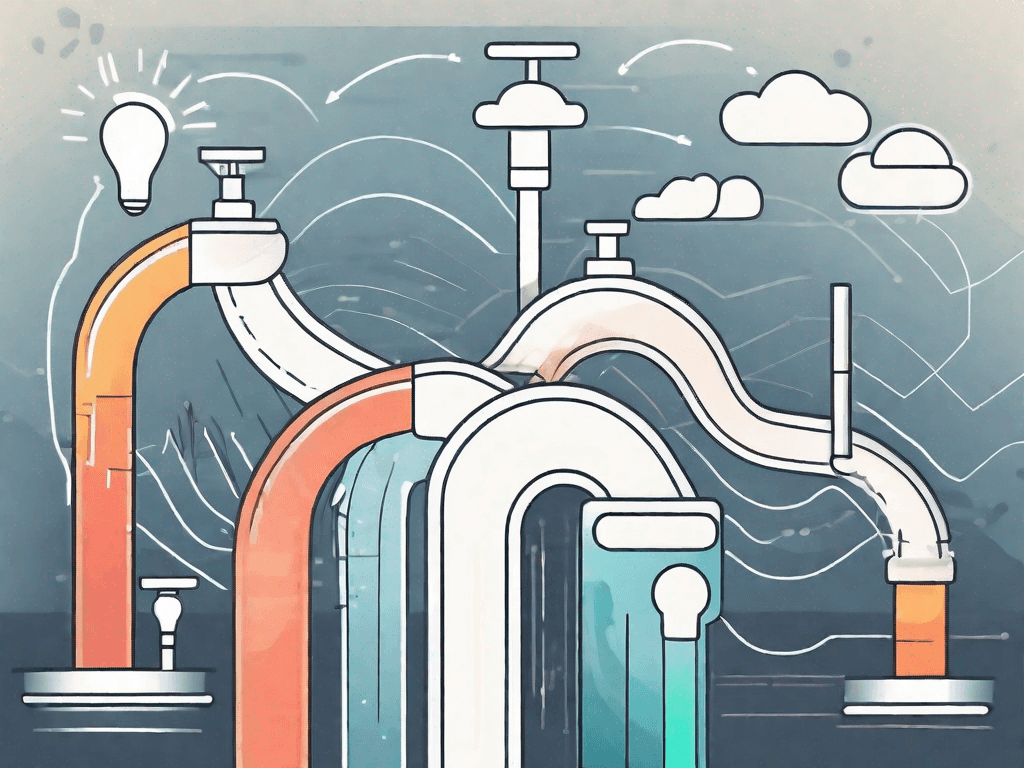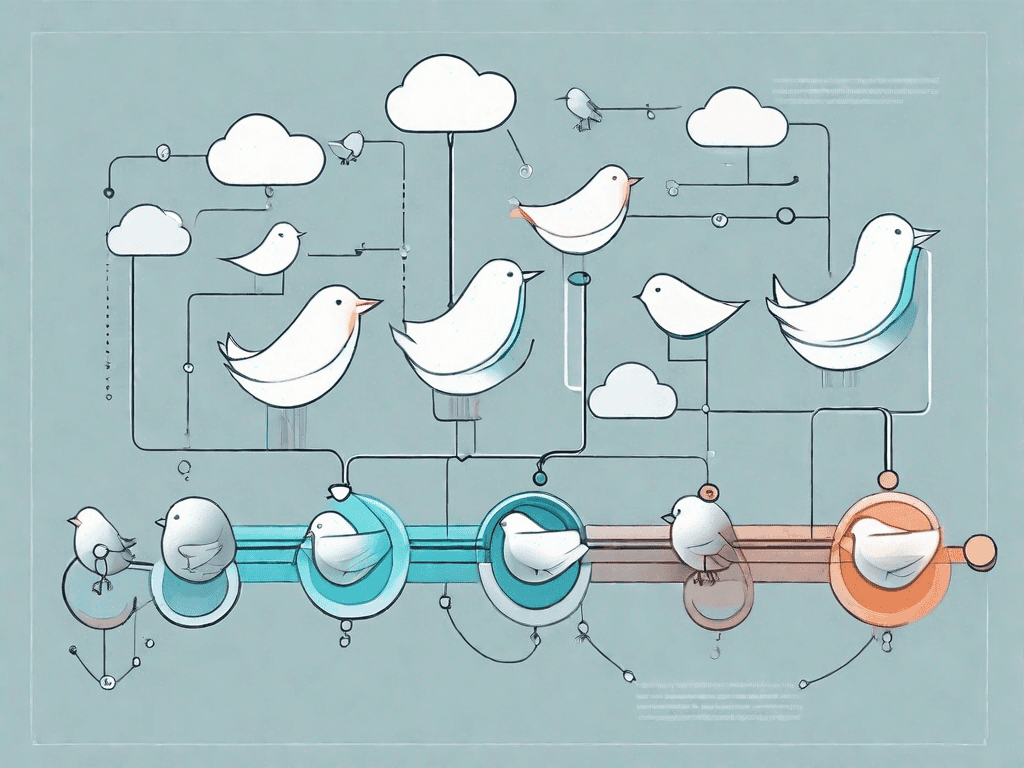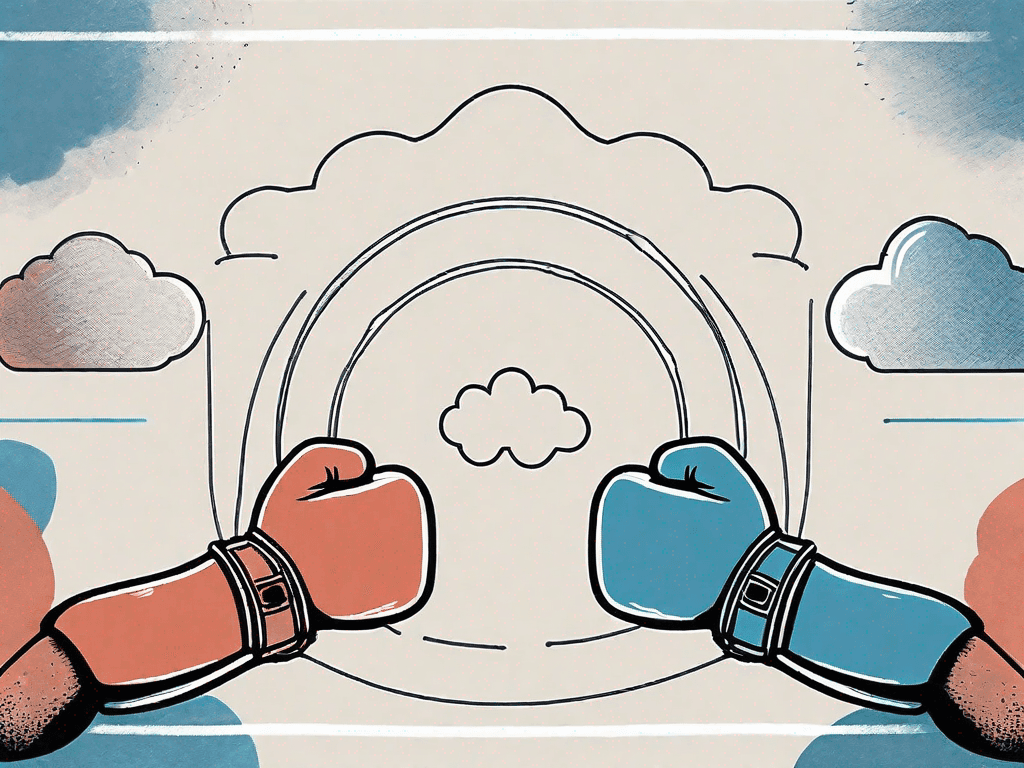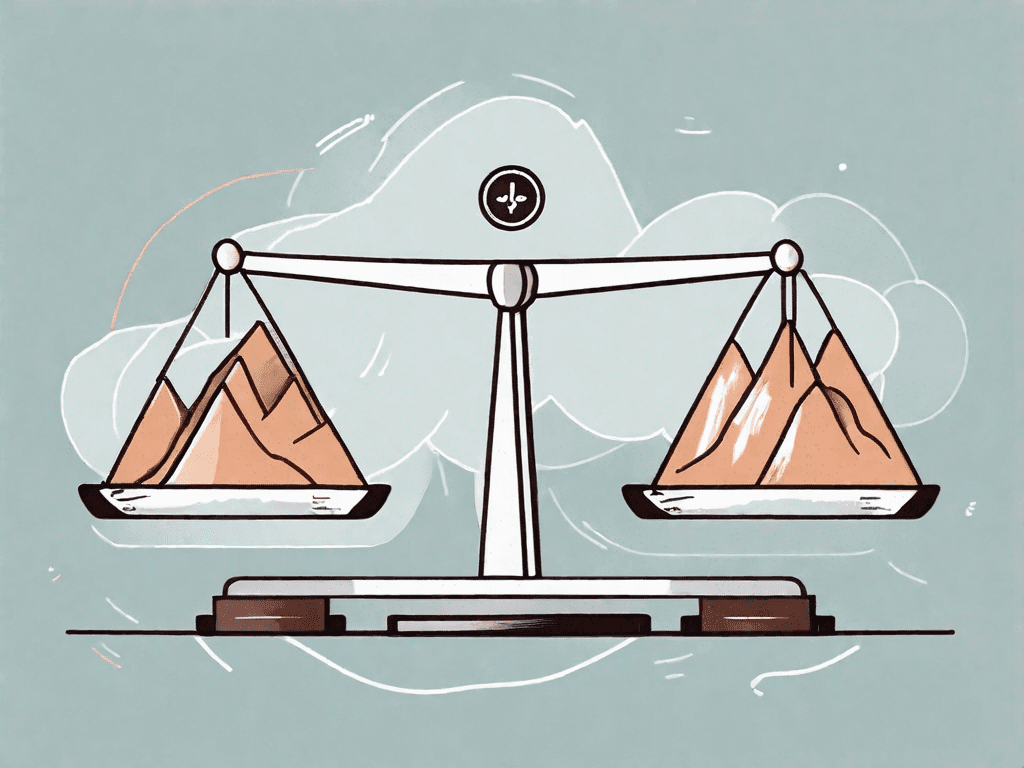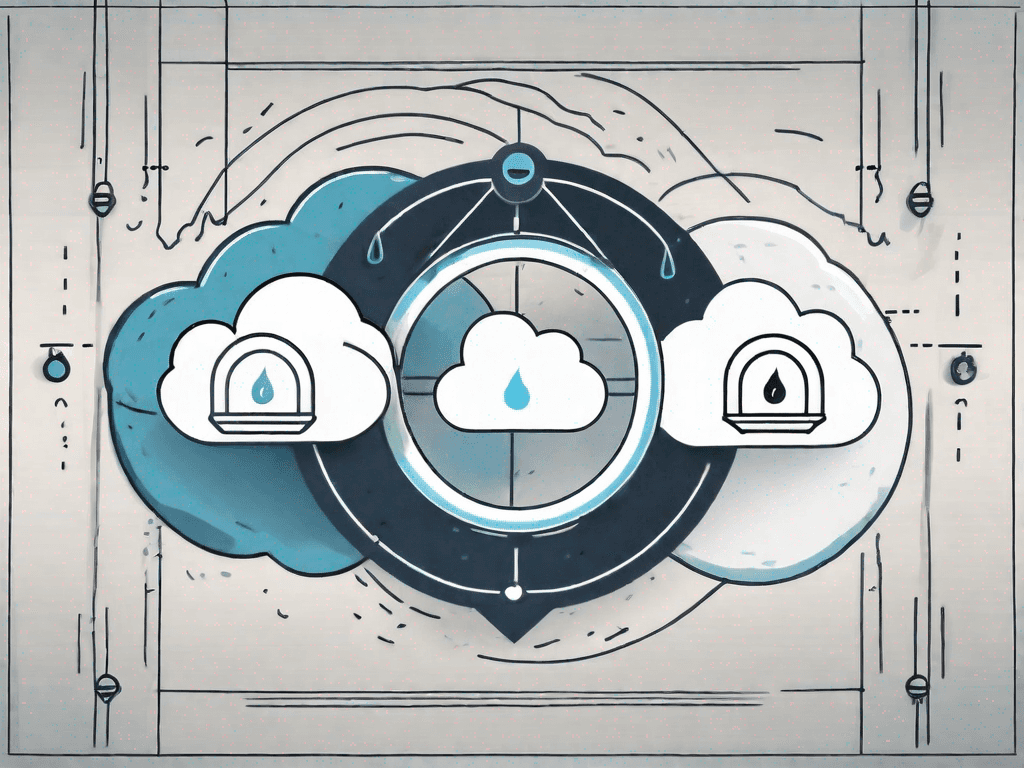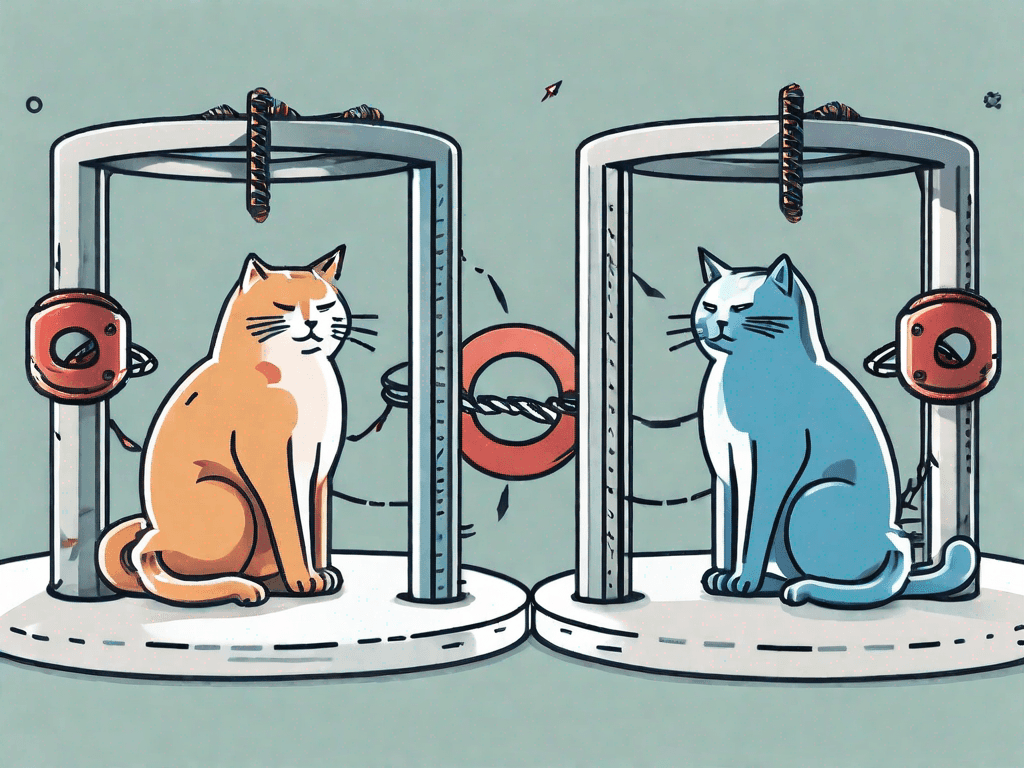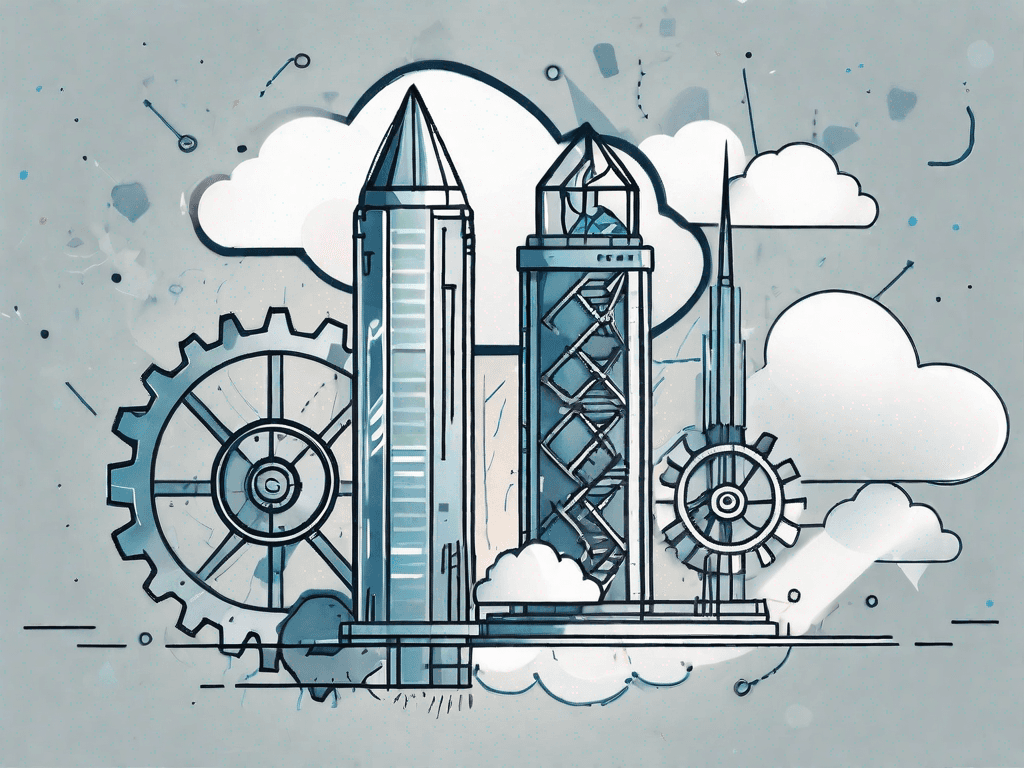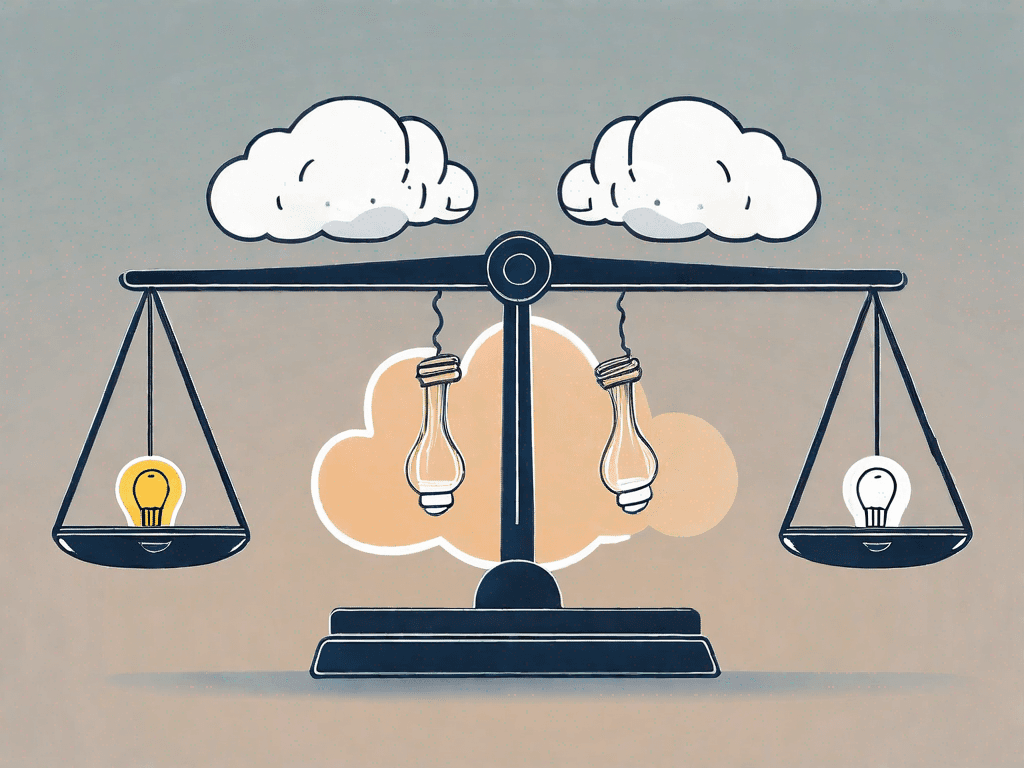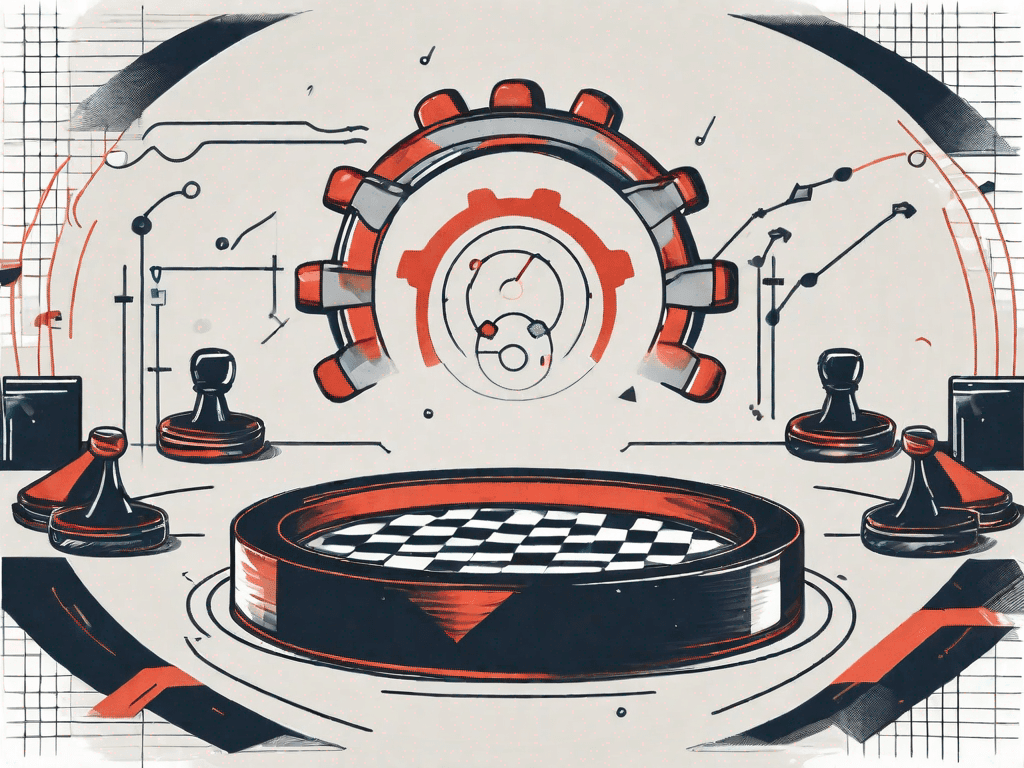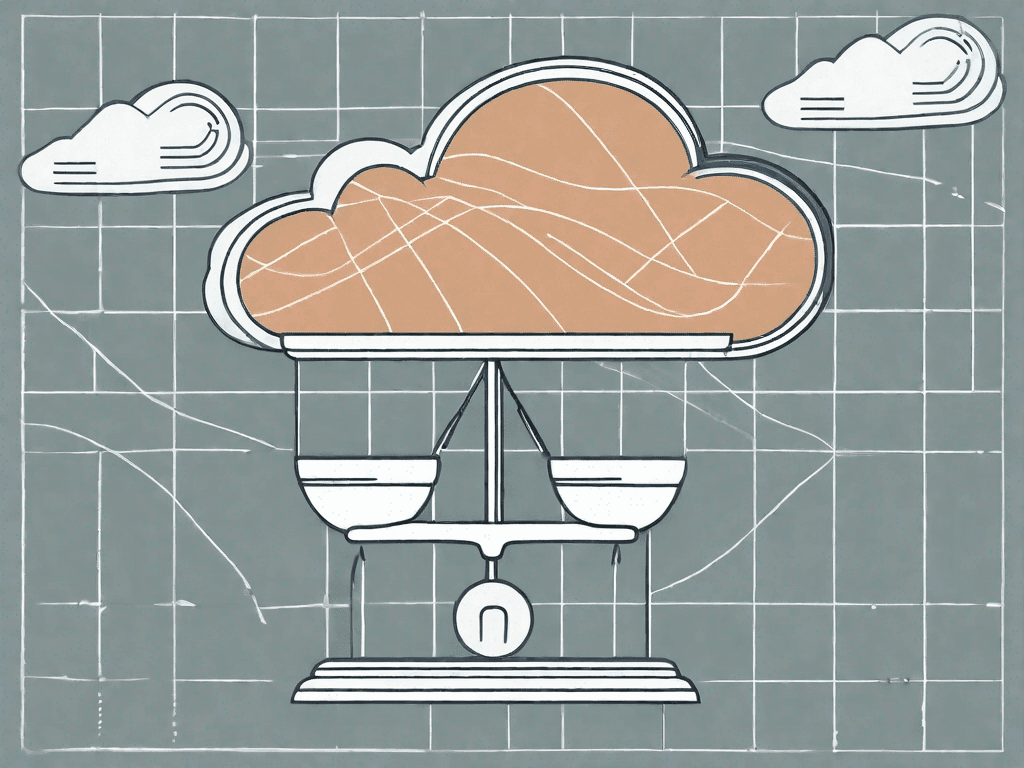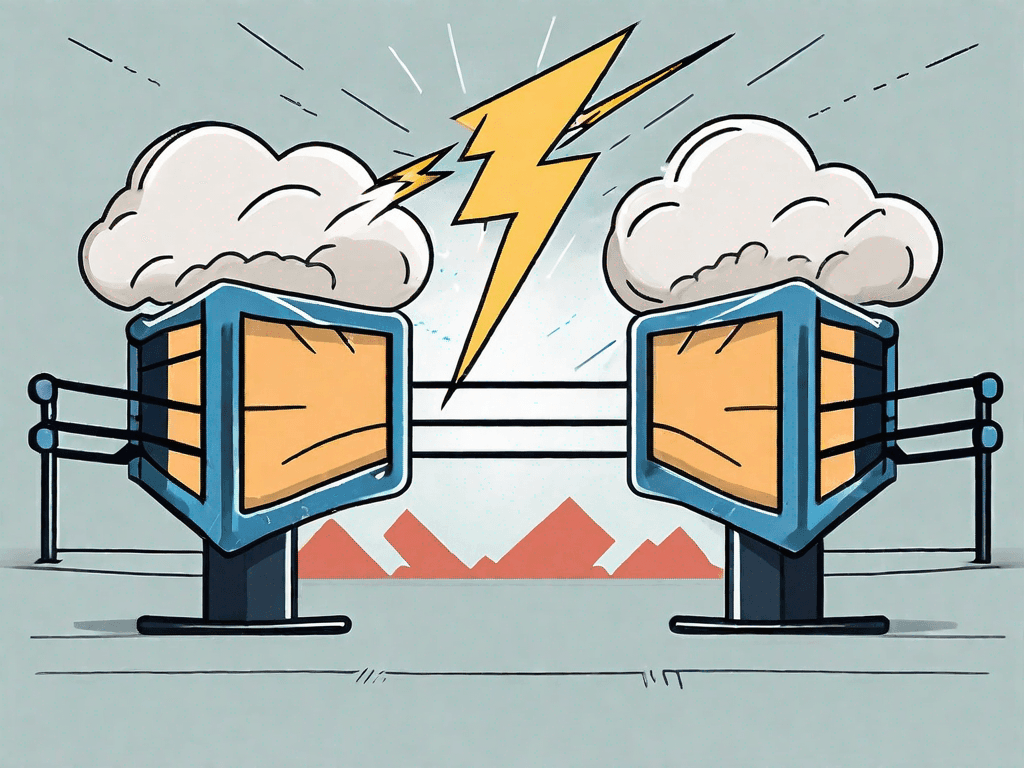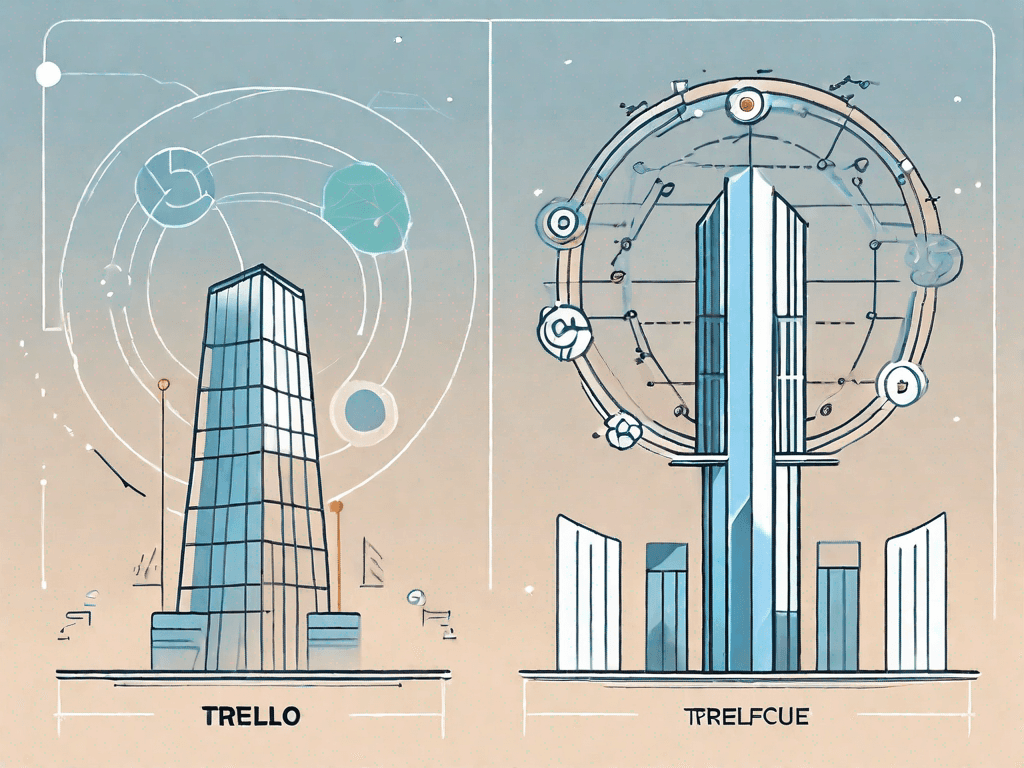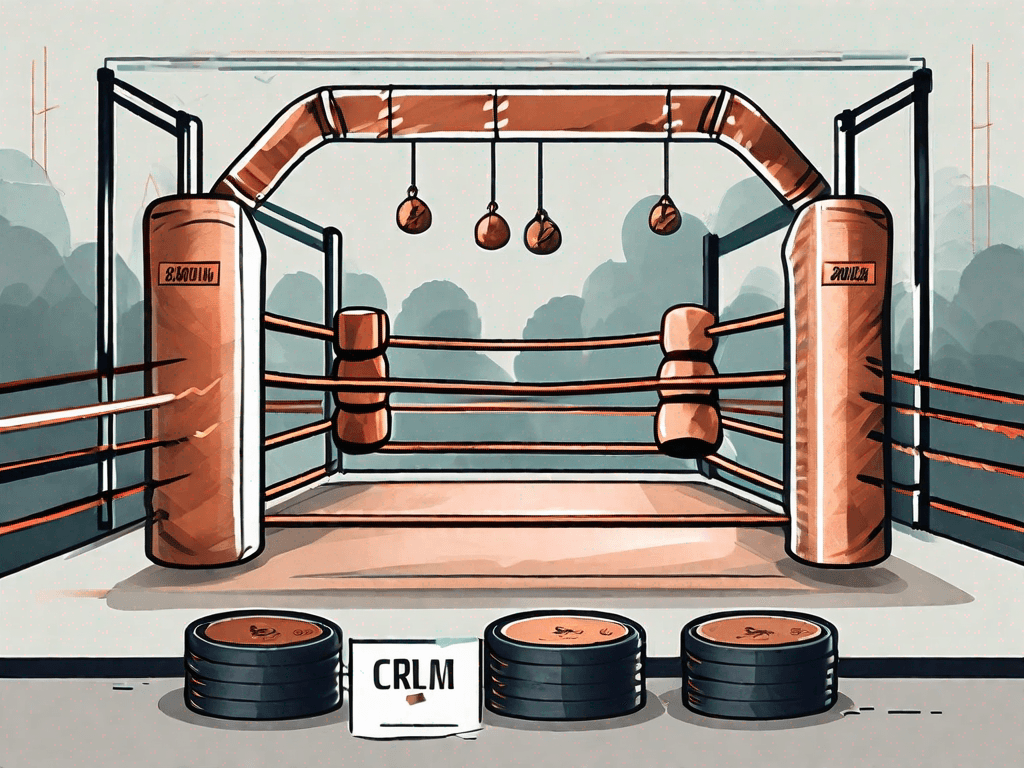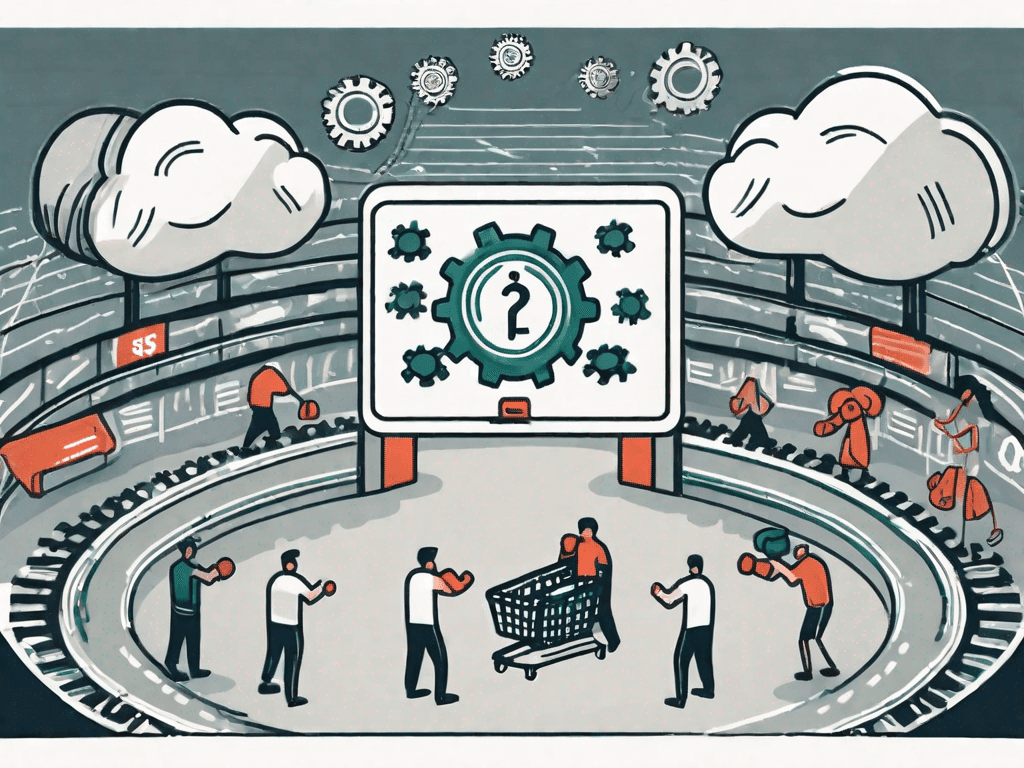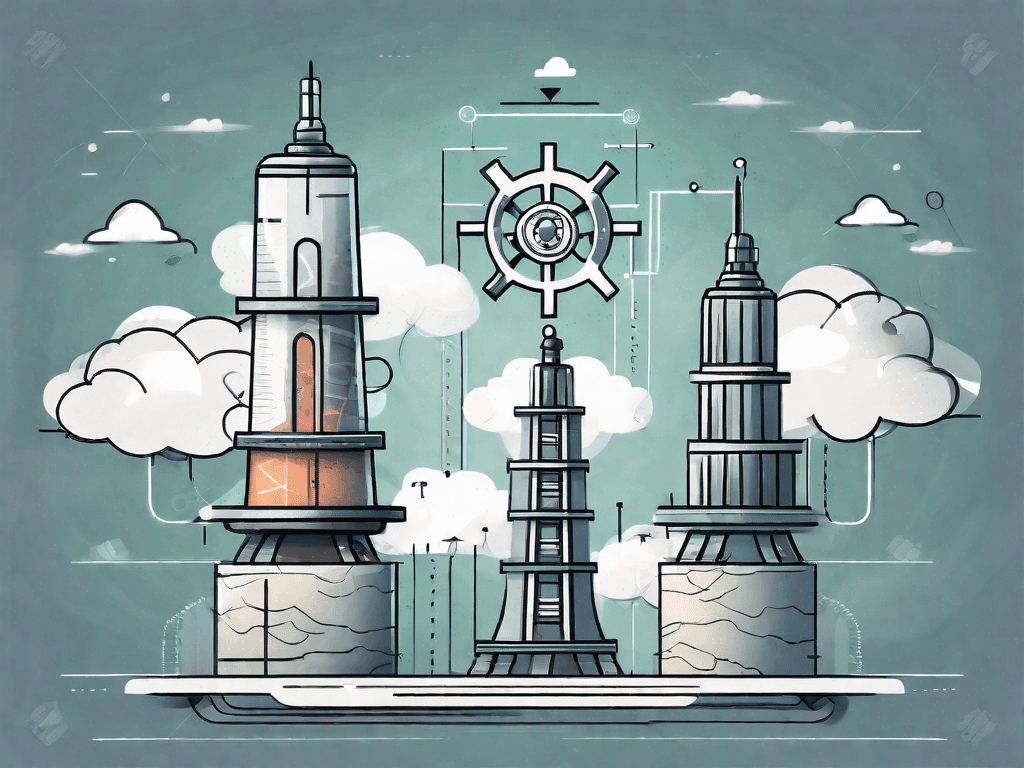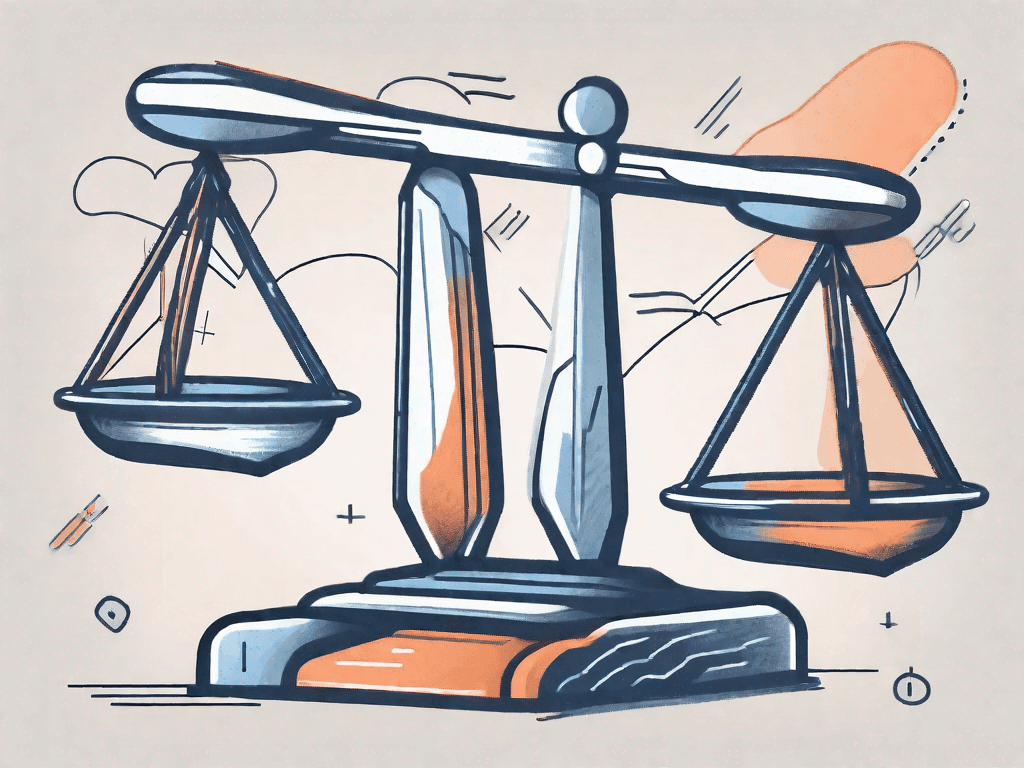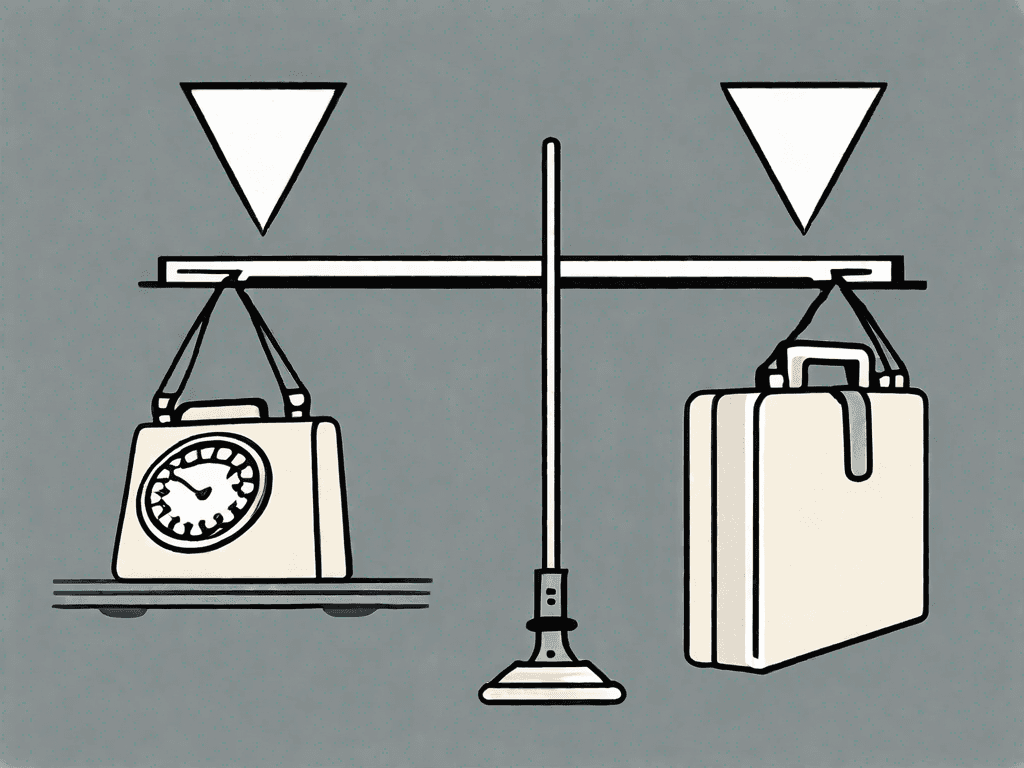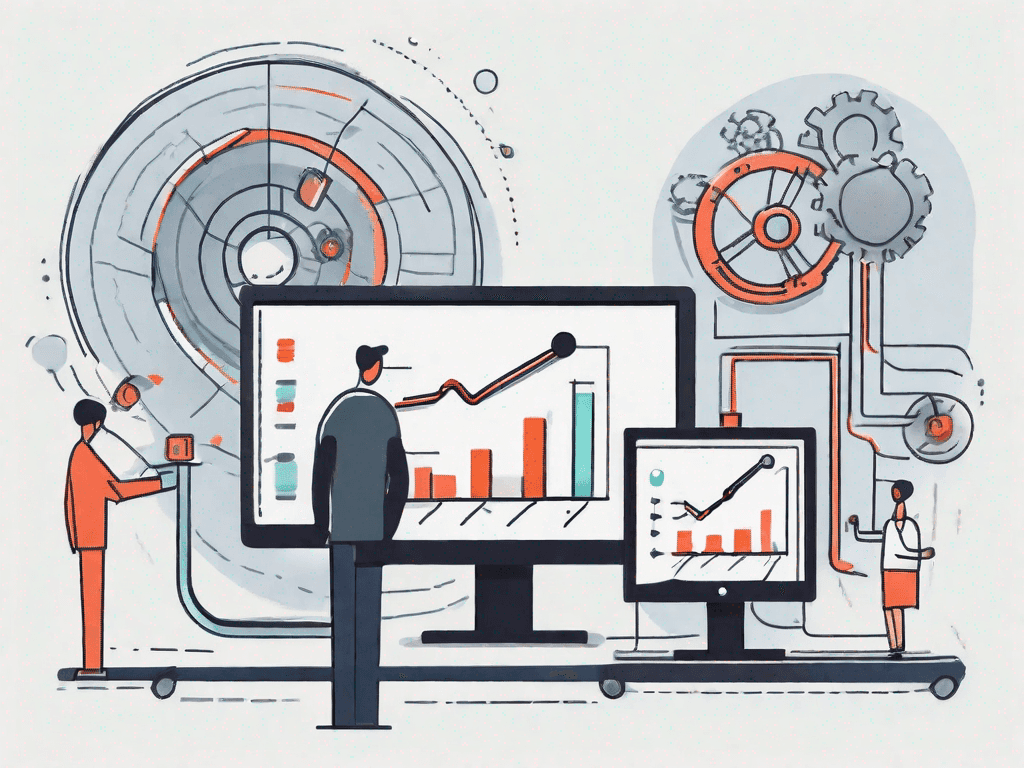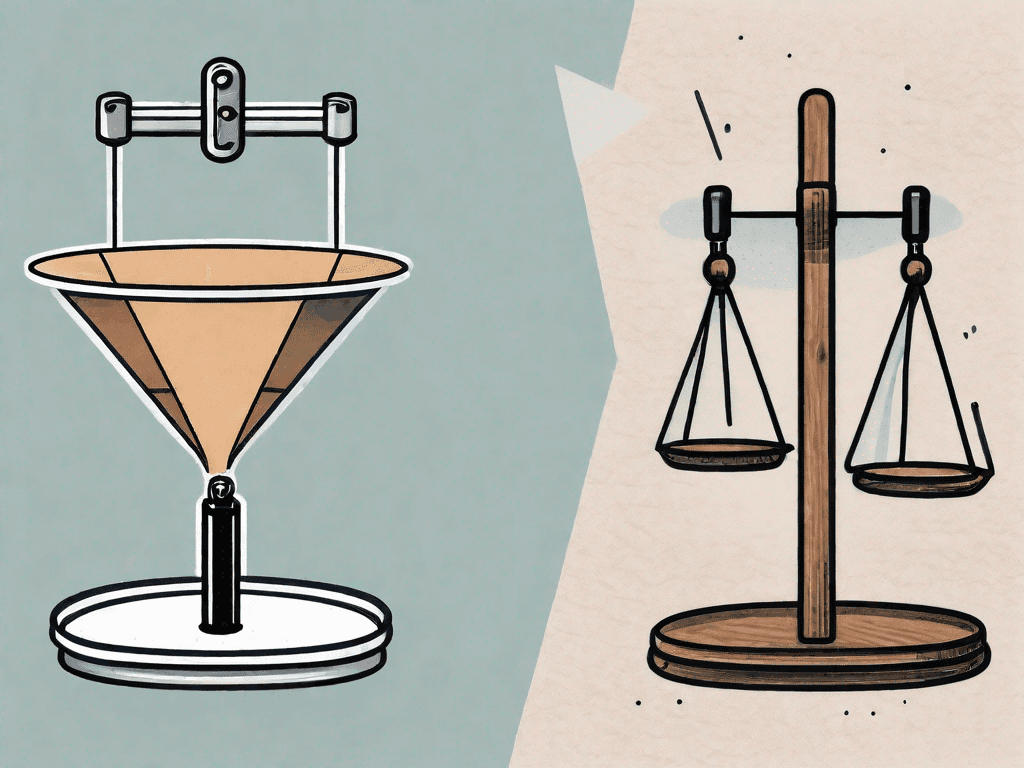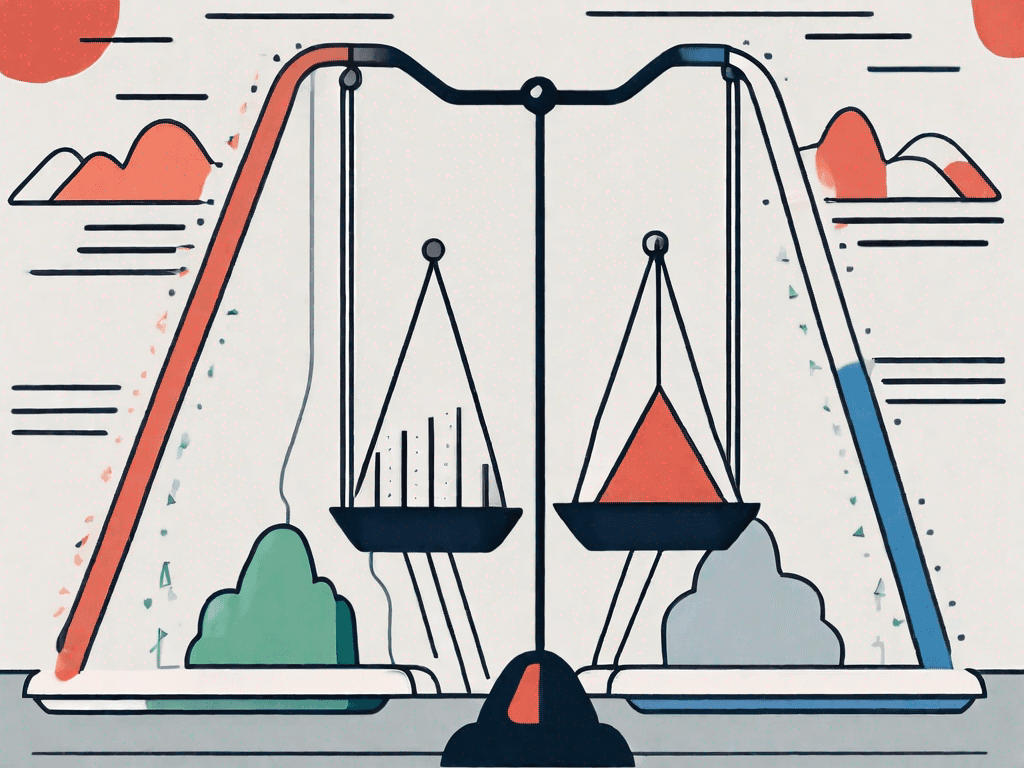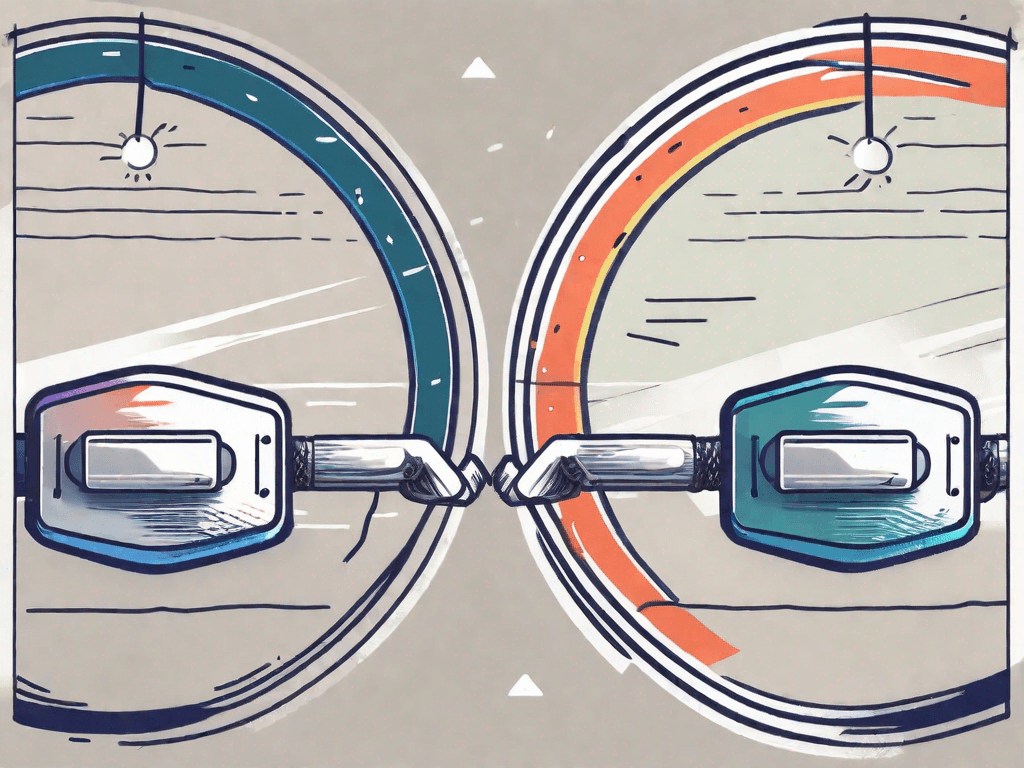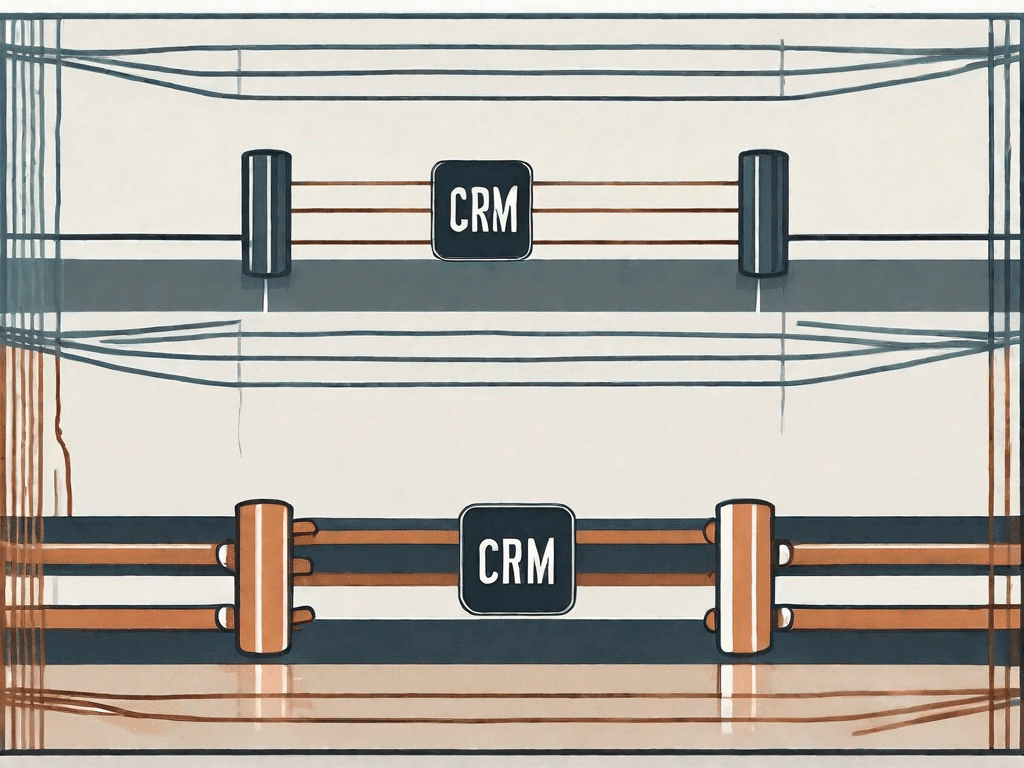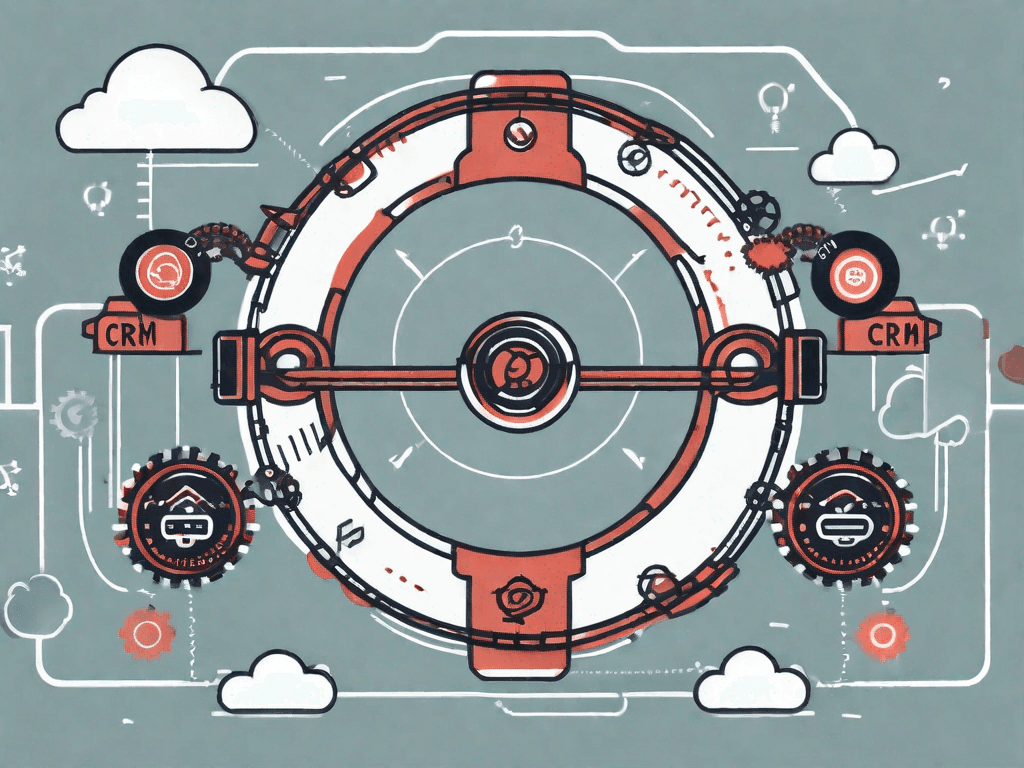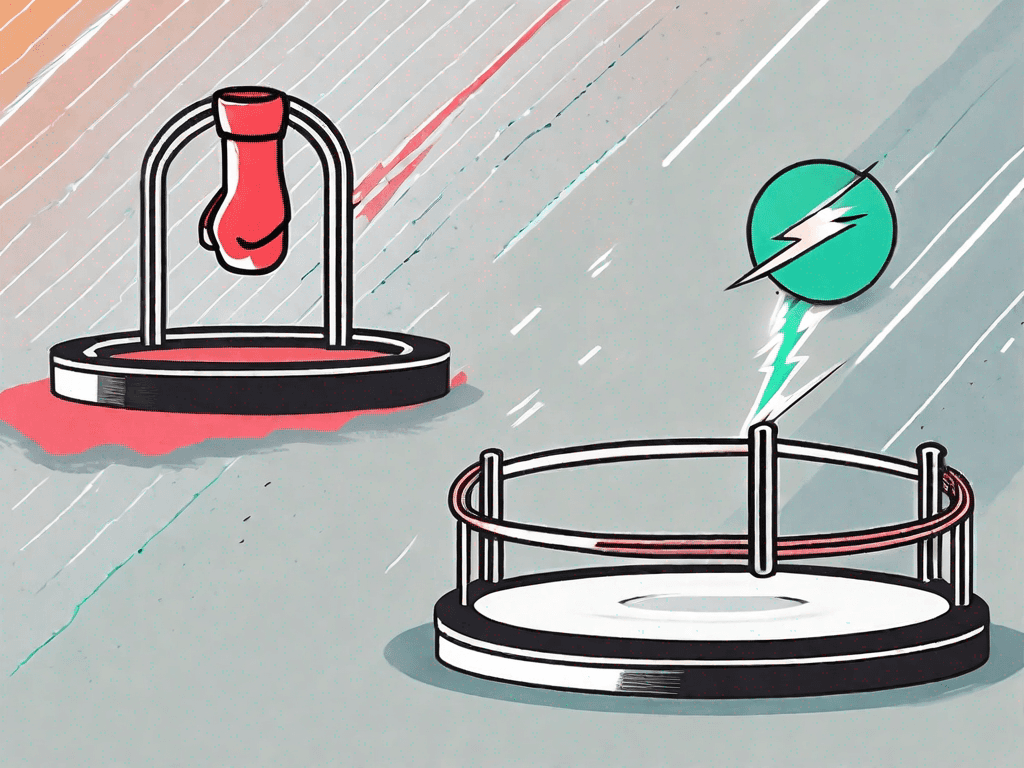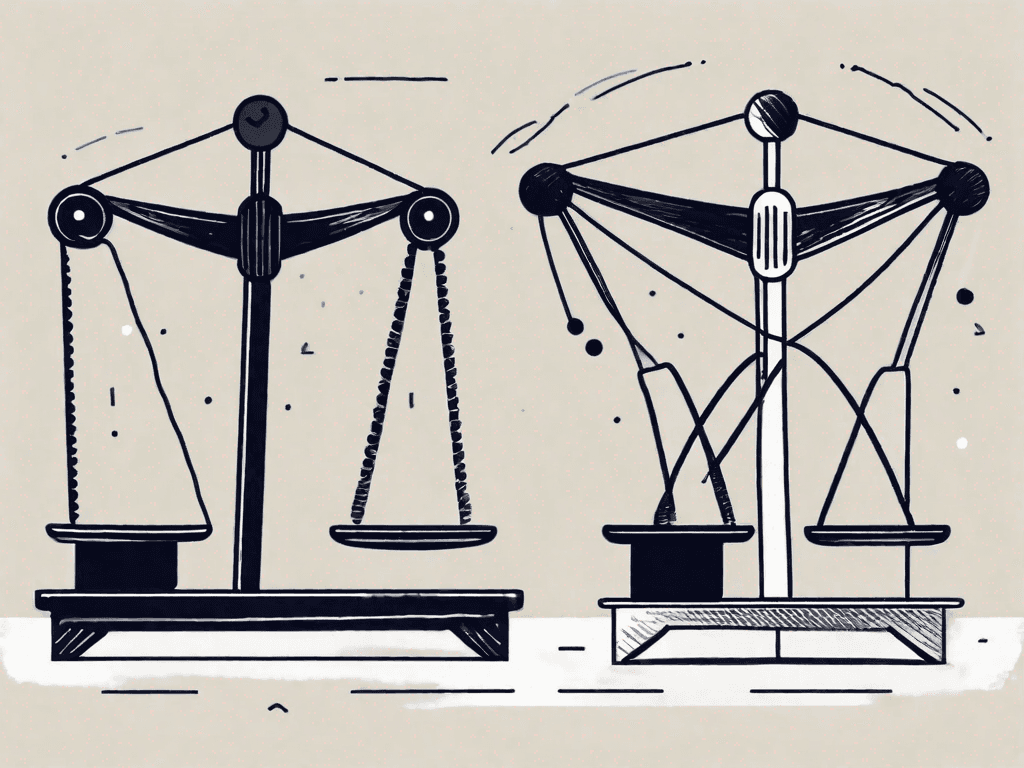
The Ideal Sales Pipeline Template for Business Development
In today's competitive business landscape, having an efficient and effective sales pipeline template is crucial for business development. A well-defined sales pipeline not only helps in streamlining the sales process but also ensures a systematic approach towards nurturing leads and closing deals. In this article, we will explore the ideal sales pipeline template for business development and discuss why it is essential for your organization's success
The 7 Sales Pipeline Stages Business Development Should Have
Before diving into the details of an ideal sales pipeline template, it is essential to understand the various stages that business development teams should include. These stages serve as checkpoints to monitor progress and identify potential bottlenecks.
Prospecting: This is the first stage where potential leads are identified and qualified. It involves conducting market research, identifying target customers, and initiating contact.
During the prospecting stage, business development professionals utilize various strategies to identify potential leads. They analyze market trends, customer demographics, and competitor activities to determine the most promising prospects. Additionally, they leverage technology tools and platforms to gather data and generate a list of potential customers.
Once the prospects are identified, the business development team conducts a thorough qualification process. They evaluate the leads based on criteria such as budget, need, authority, and timeline (BANT). This helps them prioritize their efforts and focus on leads that have the highest potential for conversion.
Initial Contact: Once the prospects are identified, the next step is to establish initial contact. This can be done through emails, phone calls, or social media outreach.
During the initial contact stage, business development professionals craft personalized messages to engage with the prospects. They highlight the value proposition of their product or service and aim to capture the prospect's attention. This stage requires effective communication skills and the ability to build rapport with potential customers.
Needs Assessment: In this stage, business development professionals engage with prospects to understand their pain points, challenges, and requirements. This helps in customizing the sales pitch.
The needs assessment stage is crucial in tailoring the sales approach to meet the specific needs of each prospect. Business development professionals conduct in-depth conversations with the prospects to uncover their pain points and challenges. They ask probing questions to gain a comprehensive understanding of the prospect's requirements and expectations.
Based on the information gathered, the business development team can then position their product or service as the ideal solution to address the prospect's pain points. This stage requires active listening skills and the ability to empathize with the prospect's challenges.
Solution Presentation: Once the needs are assessed, the business development team presents their solution or product to the prospect. This stage focuses on showcasing how the offering can address the prospect's pain points.
The solution presentation stage is an opportunity for business development professionals to demonstrate the unique features and benefits of their product or service. They create compelling presentations, product demonstrations, or prototypes to showcase the value proposition to the prospect.
During this stage, the business development team highlights the key differentiators of their offering and how it can solve the prospect's challenges. They provide case studies, testimonials, or success stories to build credibility and instill confidence in the prospect.
Negotiation: After the solution presentation, negotiations take place to discuss pricing, terms, and conditions. This stage involves finding a mutually beneficial agreement.
The negotiation stage requires strong negotiation skills and the ability to find common ground between the business development team and the prospect. Both parties aim to reach a mutually beneficial agreement that satisfies the prospect's needs while ensuring profitability for the business.
During negotiations, business development professionals may offer discounts, flexible payment terms, or additional services to sweeten the deal. They carefully analyze the prospect's objections and concerns and address them effectively to reach a win-win outcome.
Closing: The closing stage involves getting the prospect's commitment to move forward with the deal. This may include signing contracts, obtaining purchase orders, or securing verbal commitments.
The closing stage is the culmination of the sales process, where business development professionals strive to secure a commitment from the prospect. They present the final proposal, address any remaining concerns, and seek a clear decision from the prospect.
During this stage, the business development team may employ various closing techniques, such as creating a sense of urgency or offering incentives for immediate action. They ensure that all necessary paperwork is prepared and guide the prospect through the final steps of the purchasing process.
Post-Sales Support: Once the deal is closed, business development teams provide ongoing support to ensure customer satisfaction and secure repeat business.
The post-sales support stage is crucial for maintaining a strong relationship with the customer and maximizing their satisfaction. Business development professionals continue to engage with the customer, addressing any post-purchase concerns or questions.
They provide training, implementation assistance, or troubleshooting support to ensure the smooth adoption of the product or service. Additionally, they proactively seek feedback from the customer to identify areas for improvement and opportunities for upselling or cross-selling.
In conclusion, a well-defined sales pipeline with these seven stages enables business development teams to effectively manage their sales process, increase conversion rates, and build long-term customer relationships.
Example of the Customer Journey in a Sales Pipeline for Business Development Step-by-Step
Let's take a closer look at how these stages fit into the customer journey within a sales pipeline for business development. This step-by-step example will provide a clearer understanding of how each stage contributes to converting a lead into a satisfied customer.
Prospecting: Researching target industries and identifying potential leads through various channels.
Initial Contact: Reaching out to prospects through emails, phone calls, or networking events.
Needs Assessment: Engaging in conversations with prospects to understand their specific pain points and challenges.
Solution Presentation: Presenting a tailored solution that addresses the prospects' pain points and demonstrates value.
Negotiation: Discussing pricing, terms, and conditions to achieve a mutually beneficial agreement.
Closing: Obtaining the prospect's commitment to move forward with the deal by signing contracts or securing verbal agreements.
Post-Sales Support: Providing ongoing support and assistance to ensure customer satisfaction and foster long-term relationships.
Why Business Development Needs This Sales Pipeline Template?
Implementing an effective sales pipeline template can bring numerous benefits to your business development efforts. Let's explore why incorporating this framework is crucial for your organization's success.
You'll Save Time in Business Development Efforts
By having a well-structured sales pipeline template, the business development team can follow a systematic approach, eliminating wasteful activities and focusing on high-priority tasks. This ensures that time and resources are utilized efficiently, leading to improved productivity and higher chances of success.
You'll Grow Revenues Faster by Developing New Business Opportunities
A sales pipeline template allows for better visibility and tracking of potential leads, ensuring that no opportunity falls through the cracks. The clear delineation of stages helps in identifying areas where prospects may be stuck or disengaged. This empowers business development professionals to take timely action, nurture relationships, and close deals faster.
In conclusion, having an ideal sales pipeline template is essential for business development success. It provides a structured approach, ensures proper lead management, and enhances your organization's chances of converting prospects into loyal customers. By incorporating the various stages into your sales process and leveraging the benefits of a sales pipeline, you can align your business development efforts for optimal results.



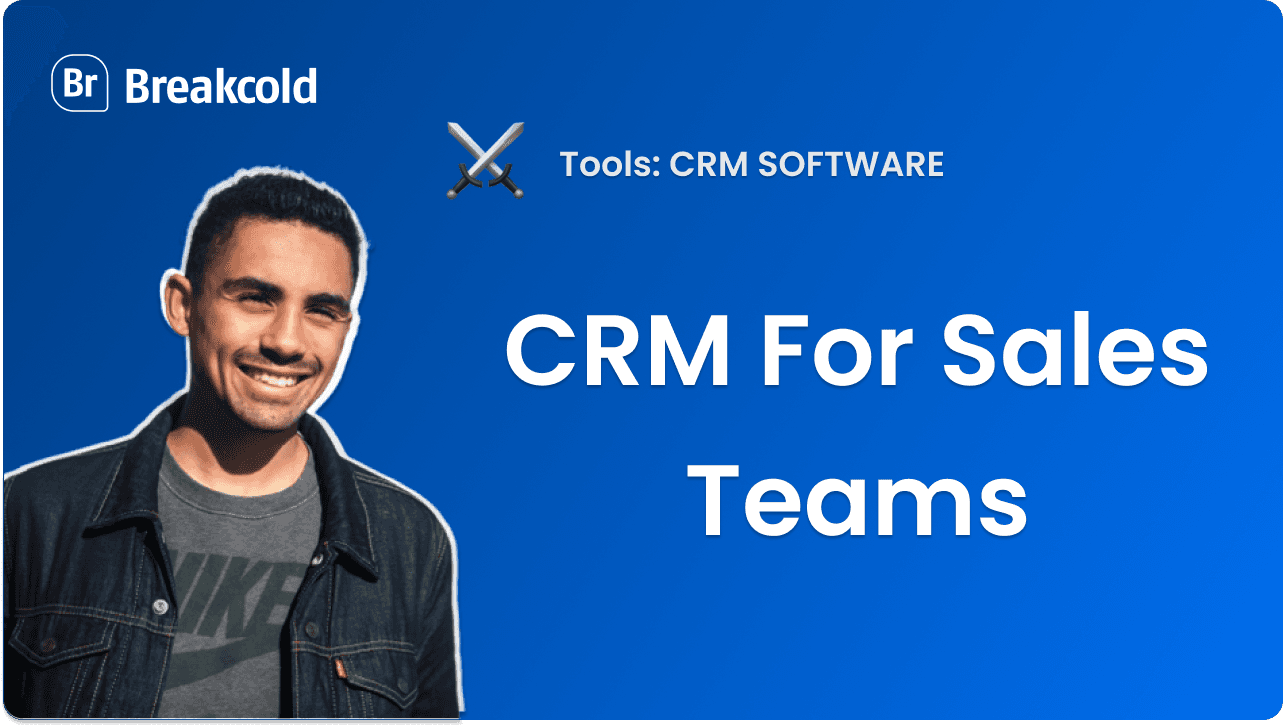
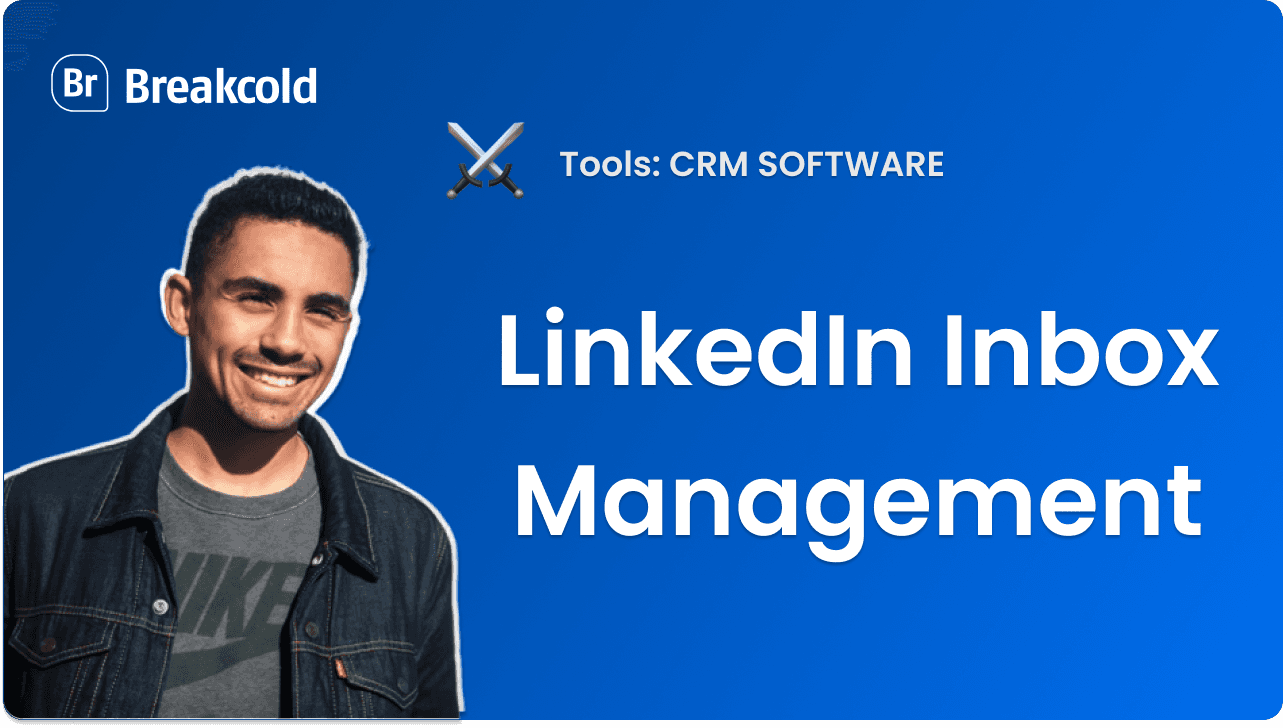



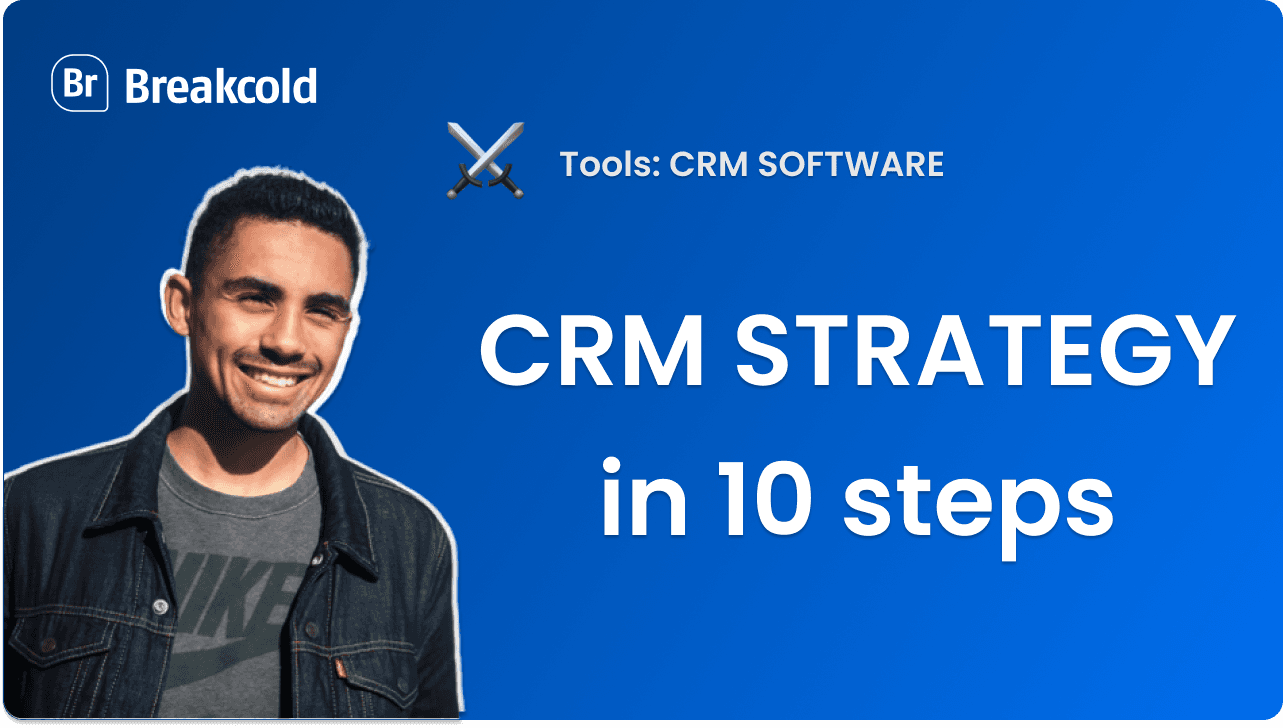
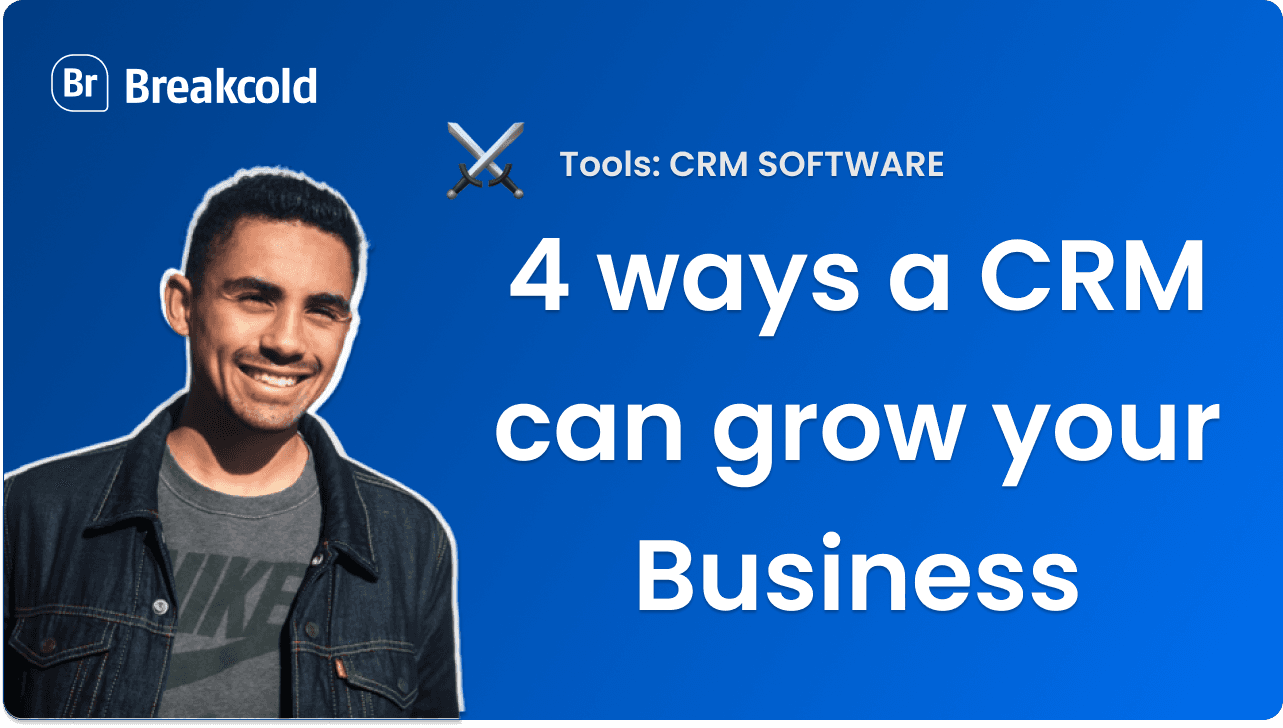

![The 8 Best Social CRM Software in 2025 [Comparison]](https://framerusercontent.com/images/RYHyYapdgIi83BEWtMdX418.png)
![The 6 Best LinkedIn CRM in 2025 [Comparison]](https://framerusercontent.com/images/Luywfni7ZKjb19yghbhNPy4I4qQ.png)




![The 5 Best Twitter CRM [Comparison]](https://framerusercontent.com/images/EWcbvYnVZglJLO8jp3OlHkTvsHo.png)

